If you plan to come to the Southern Italy most probably you arrive to Naples. With convenient airport and many train connections from other Italian regions, this bustling city is a big transportation hub.
I have an impression that most visitors just pass by Naples to get to charming coastal villages but I think it’s worth to stay in the city for 2-3 days. Naples has its problems, traffic and dirt all around but you’re also able to notice here famous Italian spontaneity and vehemence, the Southern region is very touristic and I have an impression that just in Naples we can see the raw side of this region with significantly smaller commercial touch. There are of course many historical sites and monuments, as well as natural attractions with Vesuvius volcano being probably most notable. No visit to Naples wouldn’t be also complete without eating pizza. From here, obviously, comes Neapolitan pizza, the ingredients and technique are of so fine quality that the simplest pizza tastes in fact the best there, you don’t need any fancy version of the dish.
Organisationally, Naples is also a good base to do your daily trips to the attractions in the region. You have direct connections to Salerno and Pompeii from here, and from Salerno you can take a boat to visit enchanting Amalfi Coast.
In this post I write about my one week stay in Naples, Salerno, Pompeii and Amalfi Coast. The trip was full of breathtaking views and heritage sites which are unique and spectacular on the world scale.
Naples (2 days recommended)
Most of the visitors start their journey in Naples since the city serves as entrance gate to the region. If you travel around the country by train, there is plenty of connections from major Italian towns (Rome, Milan, Bologna, etc). Italian trains are clean, punctual and between major cities you have bullet trains Frecciarossa running so I really recommend trains to move around the country. In Italy, the dynamic prices policy is applied so the earlier you book, the less you pay. Constant prices are guaranteed in regional trains.
Naples itself has a rich cultural offer. It was established by Greeks in the first millennium BC and is one of the oldest continuously inhabited urban areas in the world. Before my visit to Naples I wasn’t aware that the historical part of the town is the largest in Europe, and there is no surprise that with such big legacy the area is classified as UNESCO World Heritage Site.
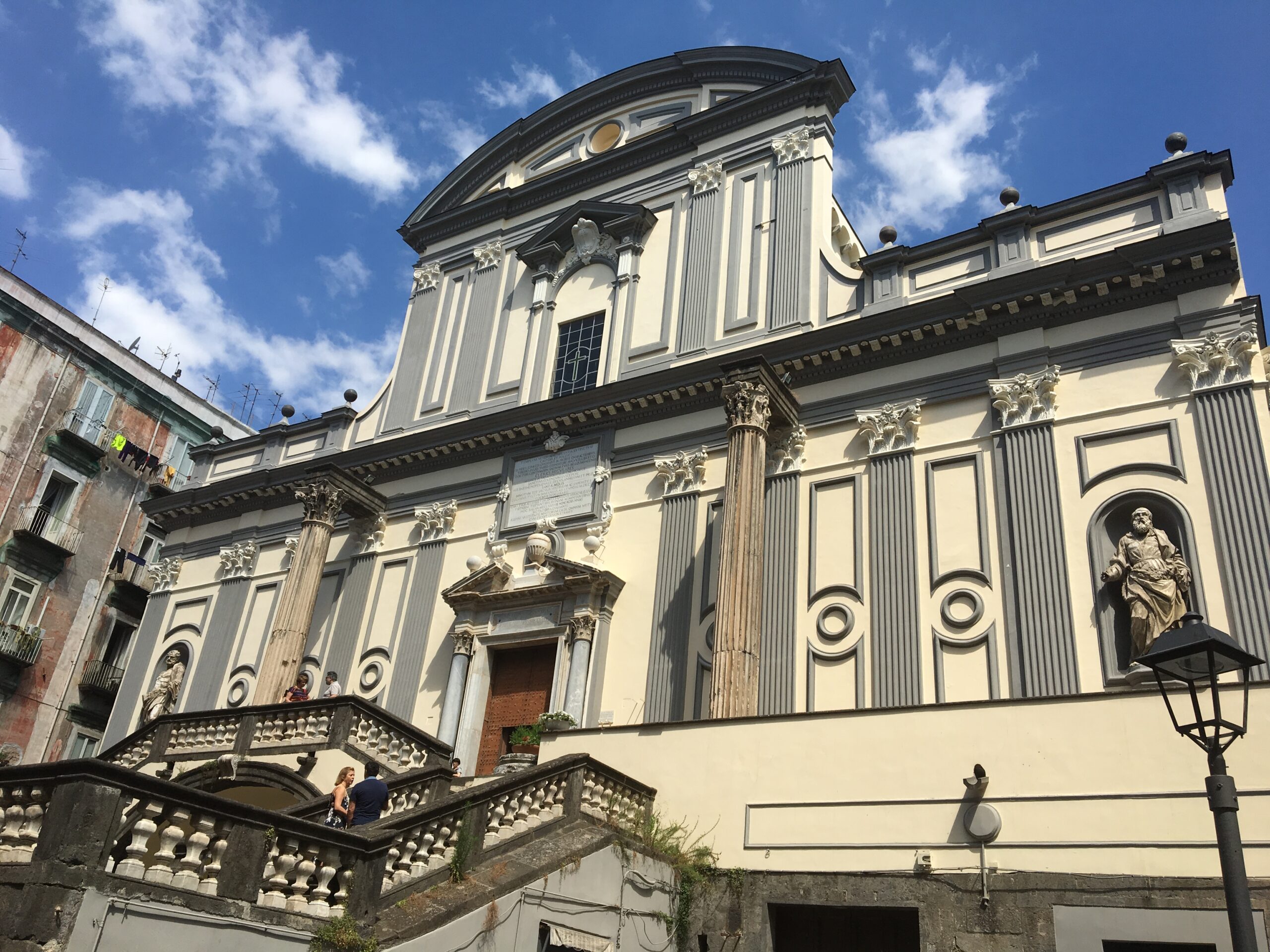 |
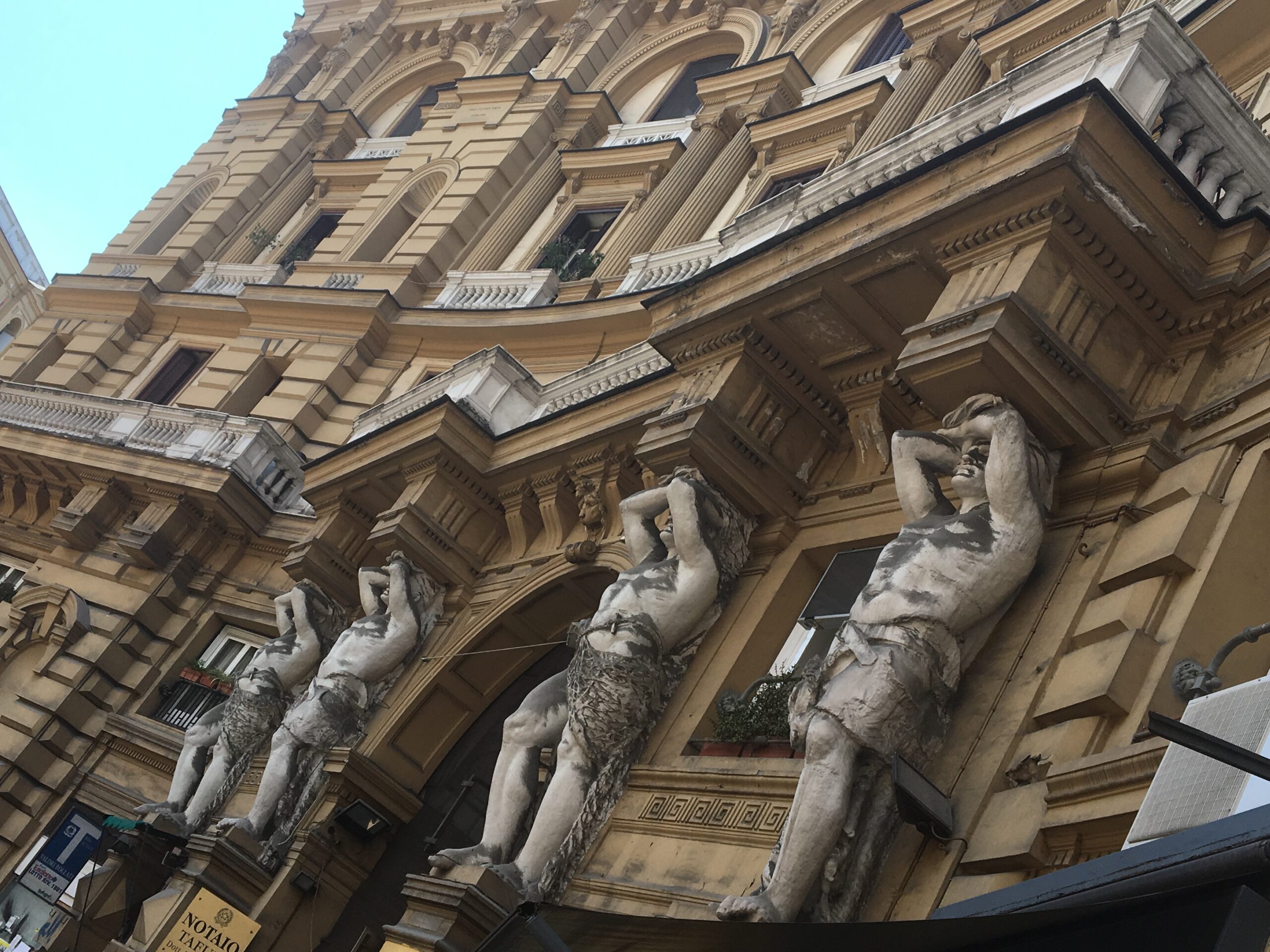 |
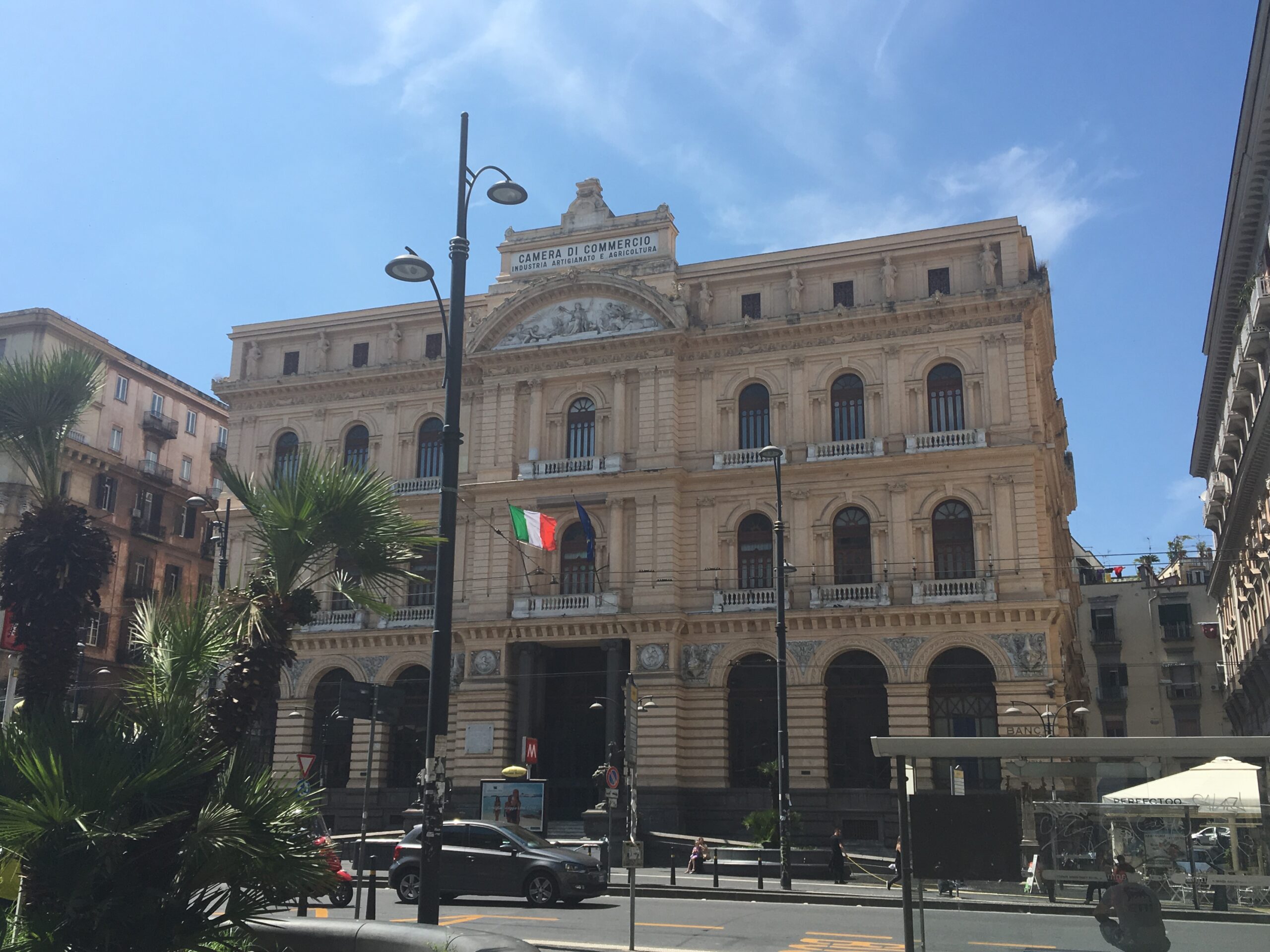 |
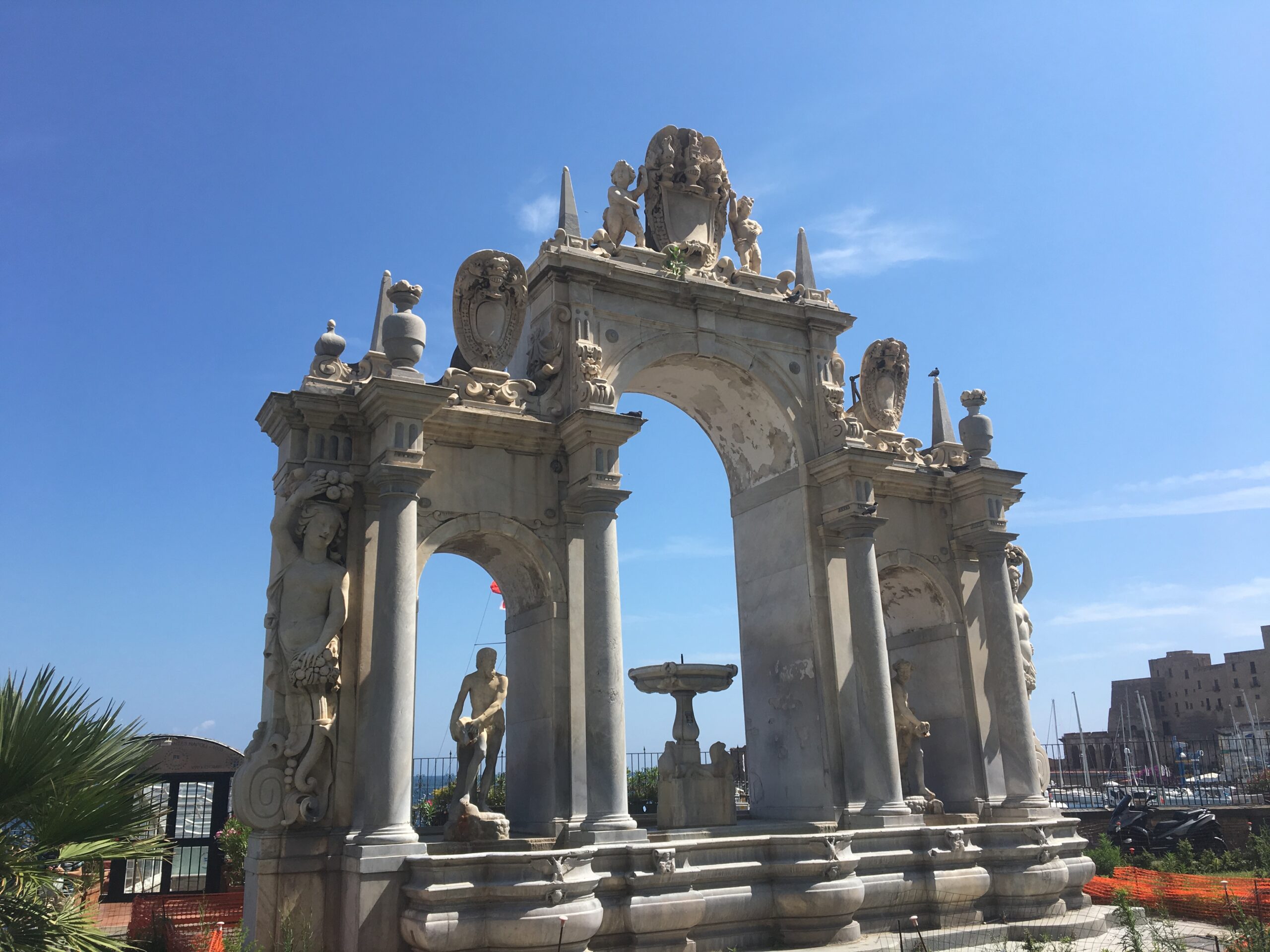 |
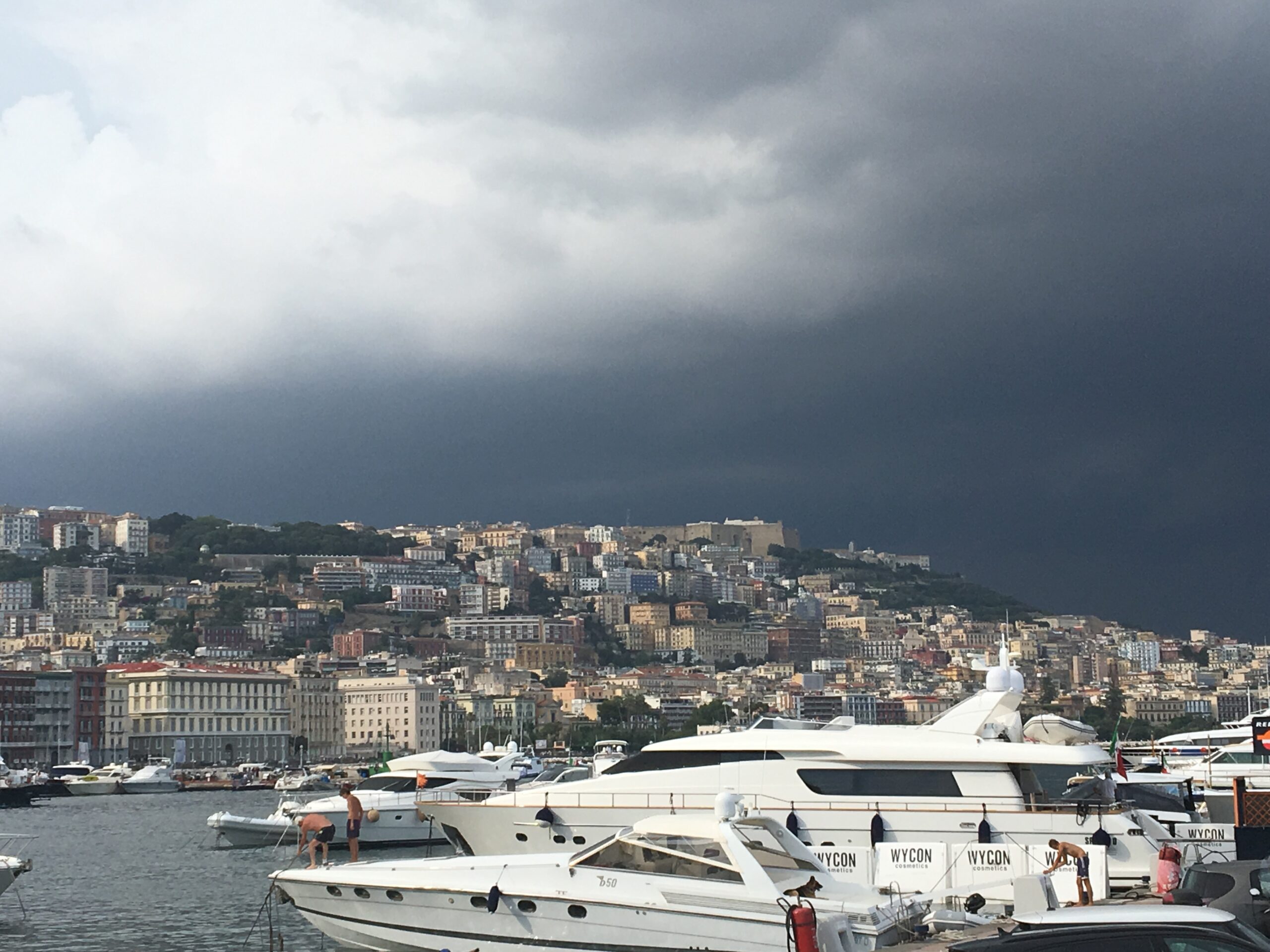 |
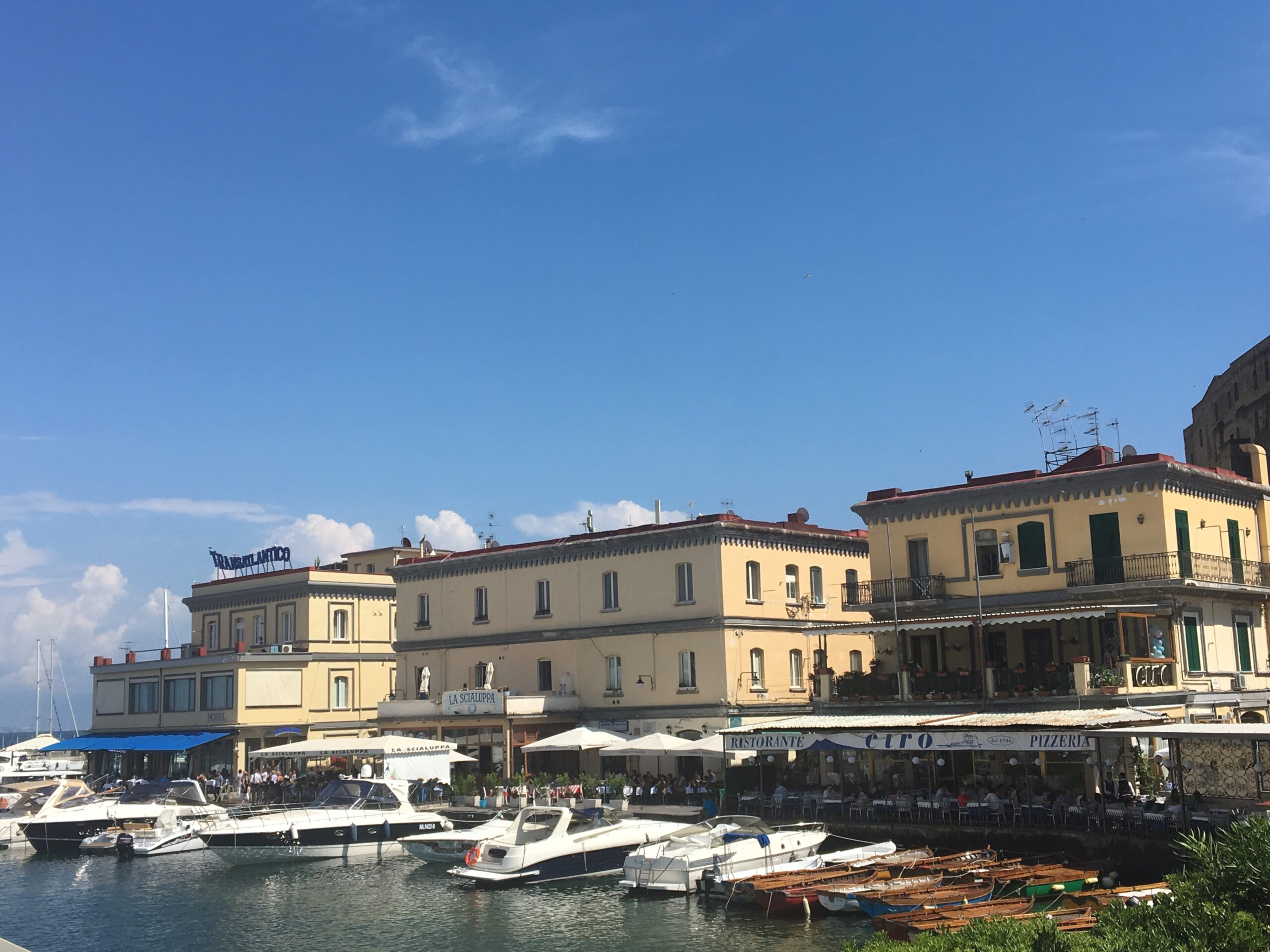 |
The biggest attractions of Naples:
San Gennaro Catacombs
Famous catacombs hide the ancient tombs of the early Christians and bishops of the City of Naples, the space is arranged on two levels. The beginnings of San Gennaro date back to the 2nd century AD. Most probably, the first tomb belonged to the local noble family and had planted idea to put there other graves of members of the Christian community. Both levels of catacombs are full of mysterious corridors and vast spaces, on one of the levels there is even a Basilica where the masses are still celebrated. Be ready for the cool temperatures in the complex even in the summer months so always have with you an additional sweater as well as comfortable shoes to walk the corridors.
Underground Naples Authorized Tour
With the Greek settlements dating back to the first millennium BC, there is no surprise how many archeological sites located underground you can find in the city. The Underground Naples Tour is particularly impressive. During your visit you will explore dense and complex network of tunnels and cavities which form a real city. The underground Naples extends under the entire historical centre. There is many myths and legends about this place which are still working on imagination of the Neapolitans. The underground corridors have been used in various ways over the centuries. At some point they were even used as an aqueduct and in 20th century as a refuge during the Second World War. The area can be only accessed with a guided tour which lasts around one hour.
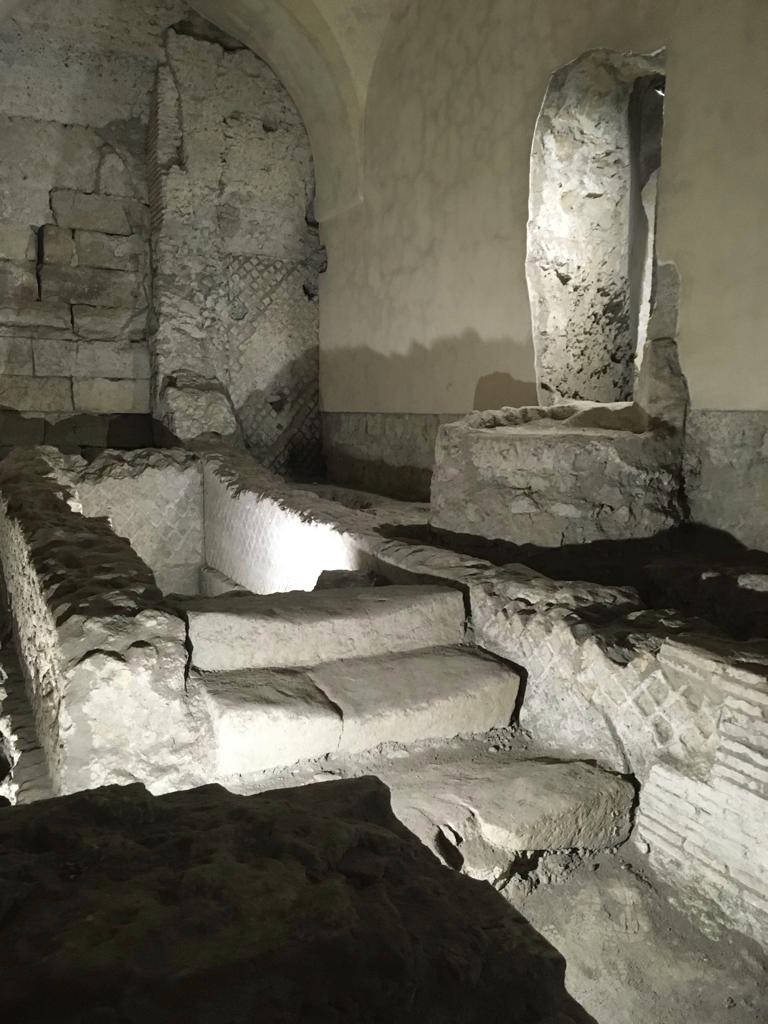 |
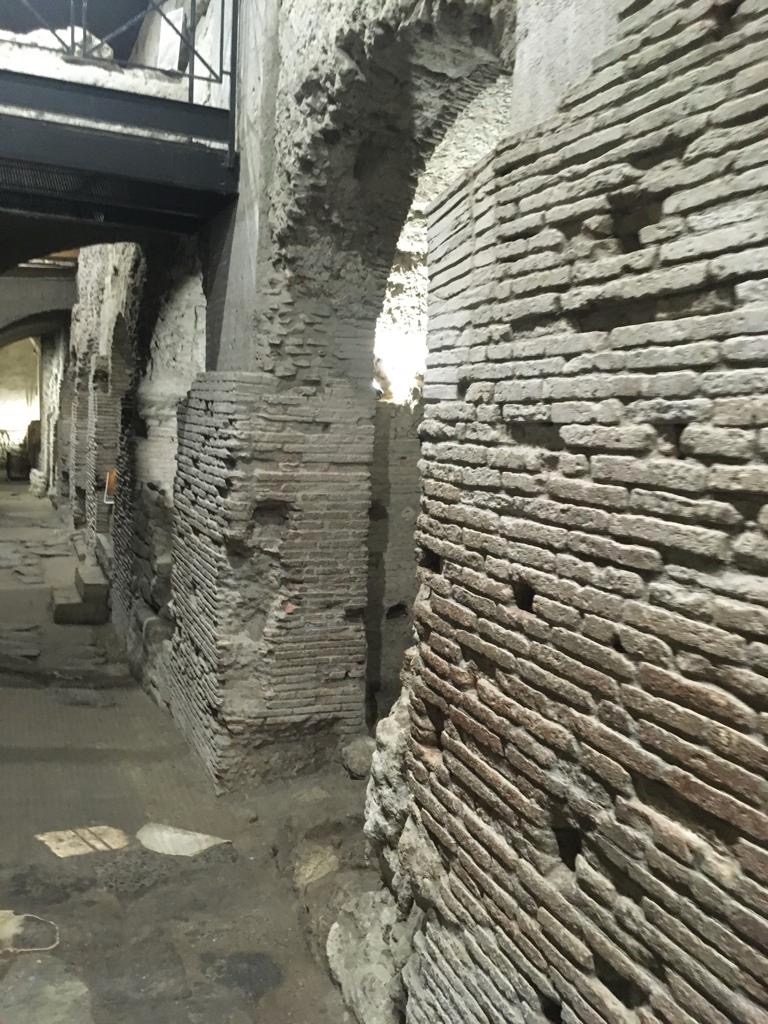 |
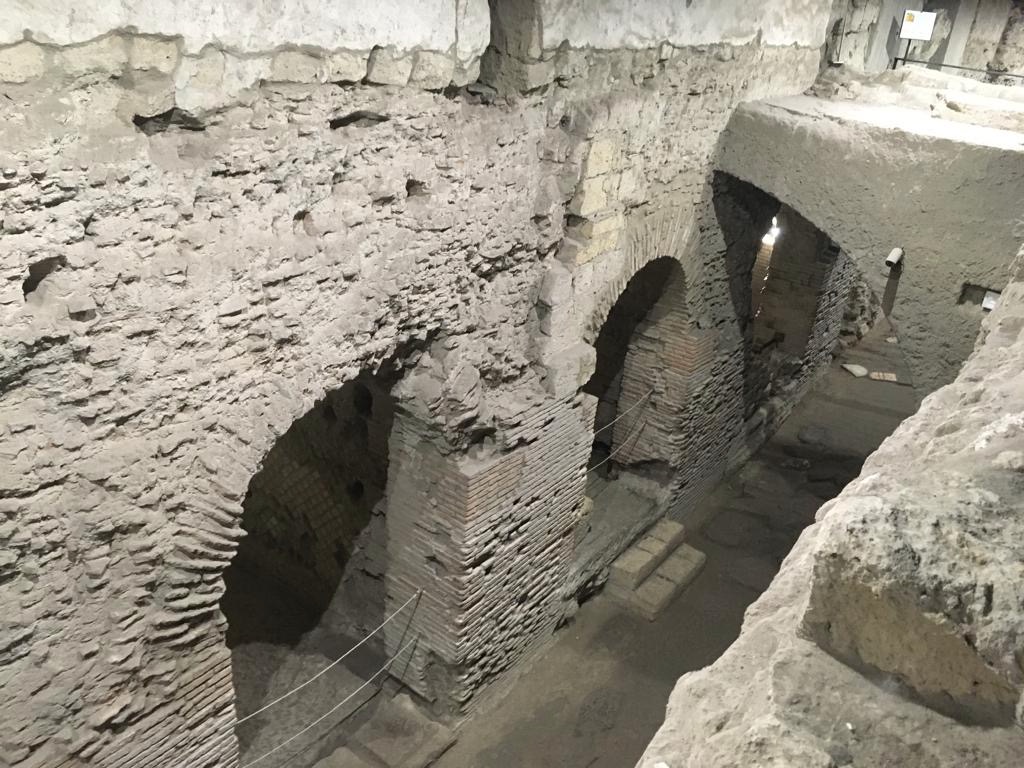 |
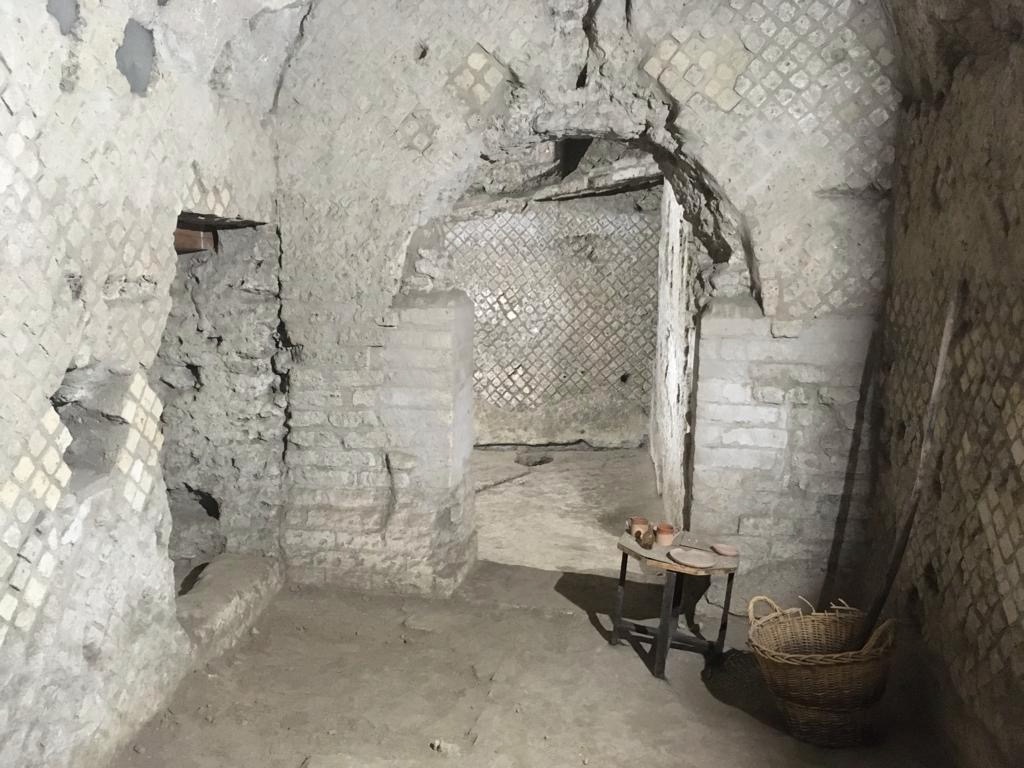 |
Mount Vesuvius
After two big sites located underground it’s time to go up for a half a day trip to Mount Vesuvius which (at least to me) is one of the symbols of the city which determine(s/d) the fate of the region since thousands of years. The fertile soils in the area of Vesuvius attracted many farmers to settle in the area and the fecund crops allowed to live growing community in comfortable abundance. The region was stably growing and developing until disastrous 79 AD when the catastrophe of which we still think about when looking at the volcano, occurred. One of the most famous victims of the volcano was Pompeii, before eruption in year 79 AD a prosperous and sophisticated town which turned completely to ashes under meters of pumice which buried the town. Nowadays, Vesuvius is still active but in a state of repose (the last eruption had place in 1944). Interestingly, the geologists clam that the volcano is overdue for an eruption and its activity is likely to happen in not far away future. The area around volcano is classified as a national park where you can admire the world biodiversity while taking one of 11 hiking paths. The most exciting part is a walk along the volcano crater, you can even encircle it for a full experience and best views. Mount Vesuvius is a perfect viewpoint from which you can admire landscapes of Naples and its surrounding area. It’s possible to reach Vesuvius National Park from Naples by public bus from Napoli Porta Nolana (it takes around 50 minutes) to Casilli and walk around 1.6km from there to the park. Alternatively, you can take a train from Napoli Piazza Garibaldi to Ercolano Scavi and from there take a bus Vesuvio Express which arrives to the entrance of the park.The site is enjoyed best if visited during a day with good visibility. It’s best to allocate half a day for this trip.
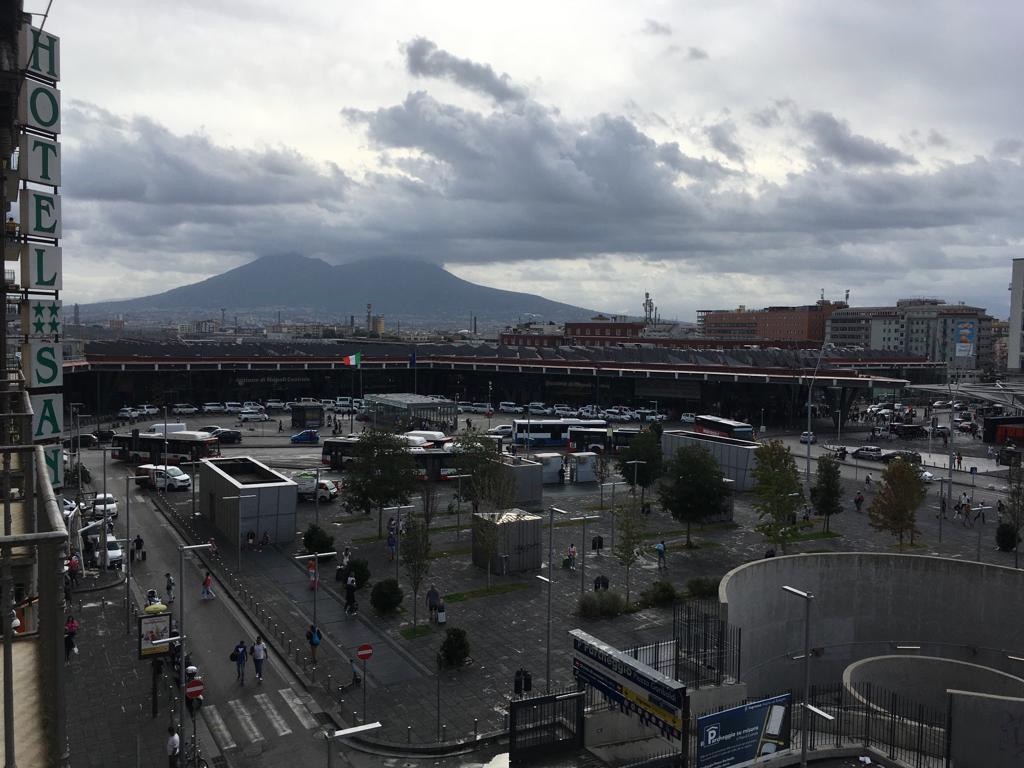 |
Local churches
Naples old town boasts many spectacular churches. Italian churches are famous of being very lavish and richly decorated so I highly recommend visiting them not only by architecture lovers. The main church of Naples is Duomo di Santa Maria Assunta, I’m particularly fond of the church San Domenico Maggiore located near the university in the old town. If you travel on a budget, the entrance to Italian sacral buildings is free, so it’s a pro!
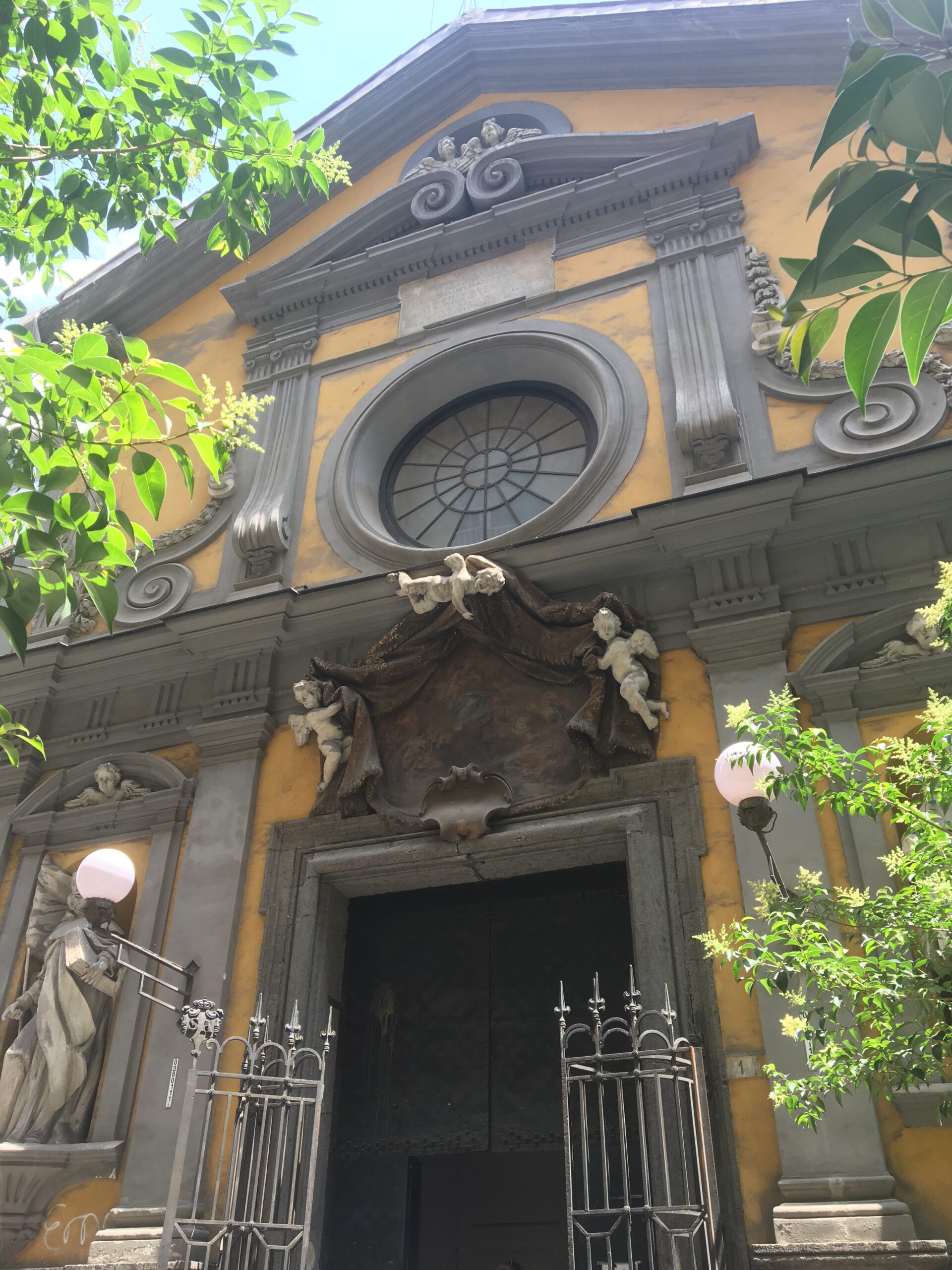 |
 |
 |
 |
Wondering around
Naples is so different from the touristic Southern towns that I recommend to just explore its streets when wondering freely around the old town. From the crowded main roads you can escape to the shadow of the narrow vias where you need to constantly jump out on the side from the reckless motorbike drivers. Look around for small restaurants where the group of locals queue to grab their pizza. Before my arrival to Naples I read some rankings of the best pizza places in the city, often with long history and tradition, but I found them touristy and crowded, the staff often serving in rush, the waiting time very long. The best pizzas I ate in the town I got in small family restaurants found a bit away from the main tourist attractions but within the old town. The best advertisement was the locals ordering take away. I was taking the simplest Neapolitan pizza to really appreciate the right balance and quality of ingredients, you don’t want to overshadow it with too many additions.
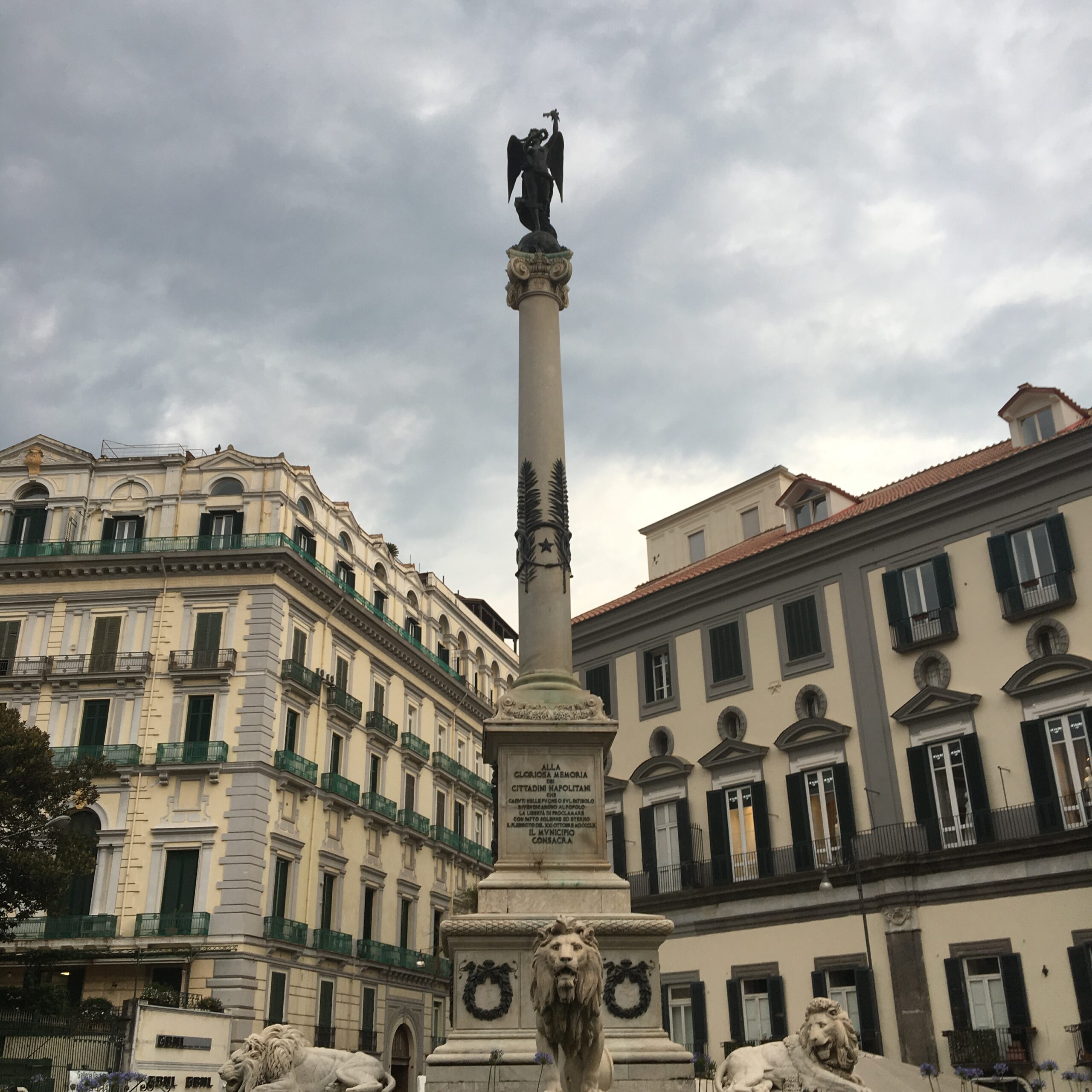 |
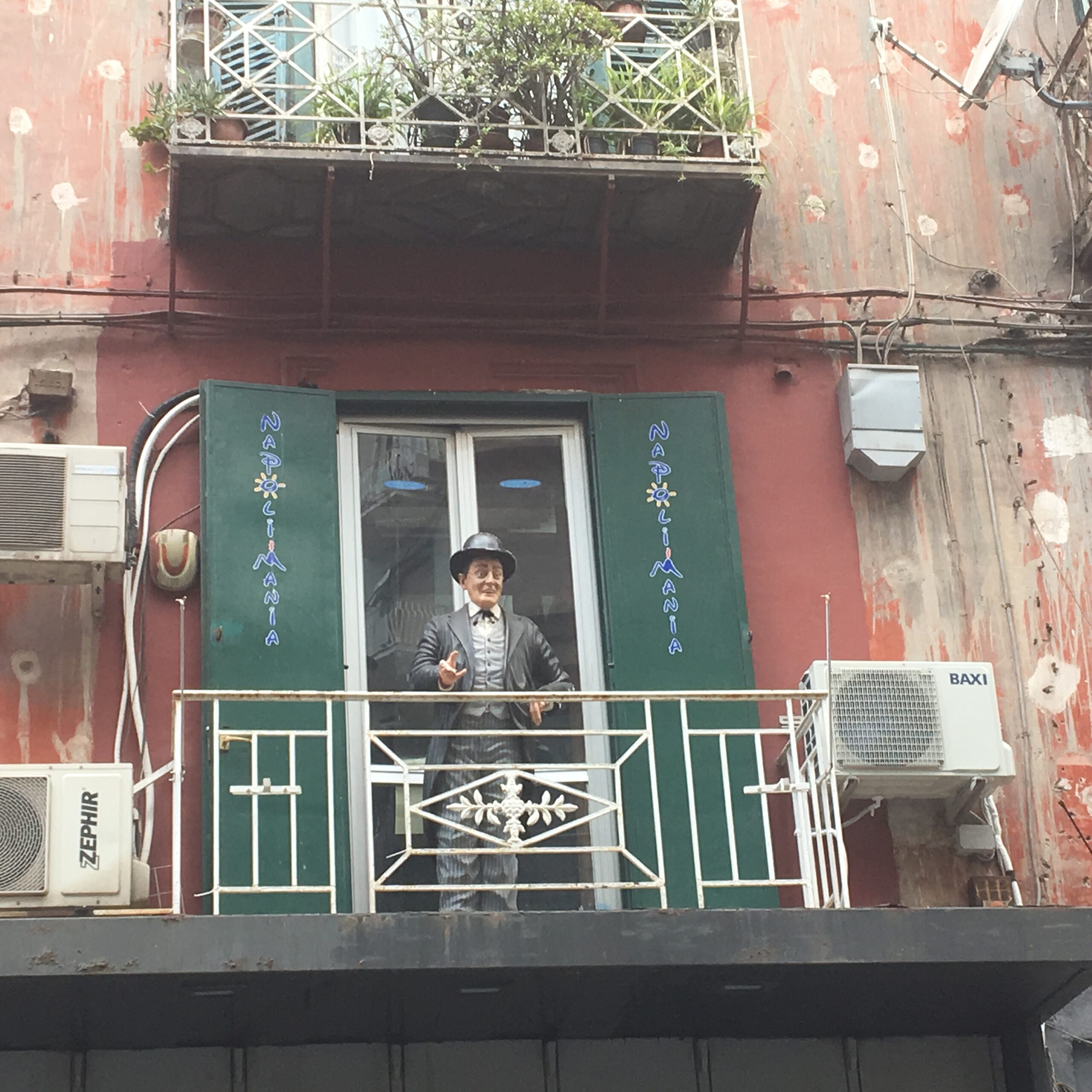 |
 |
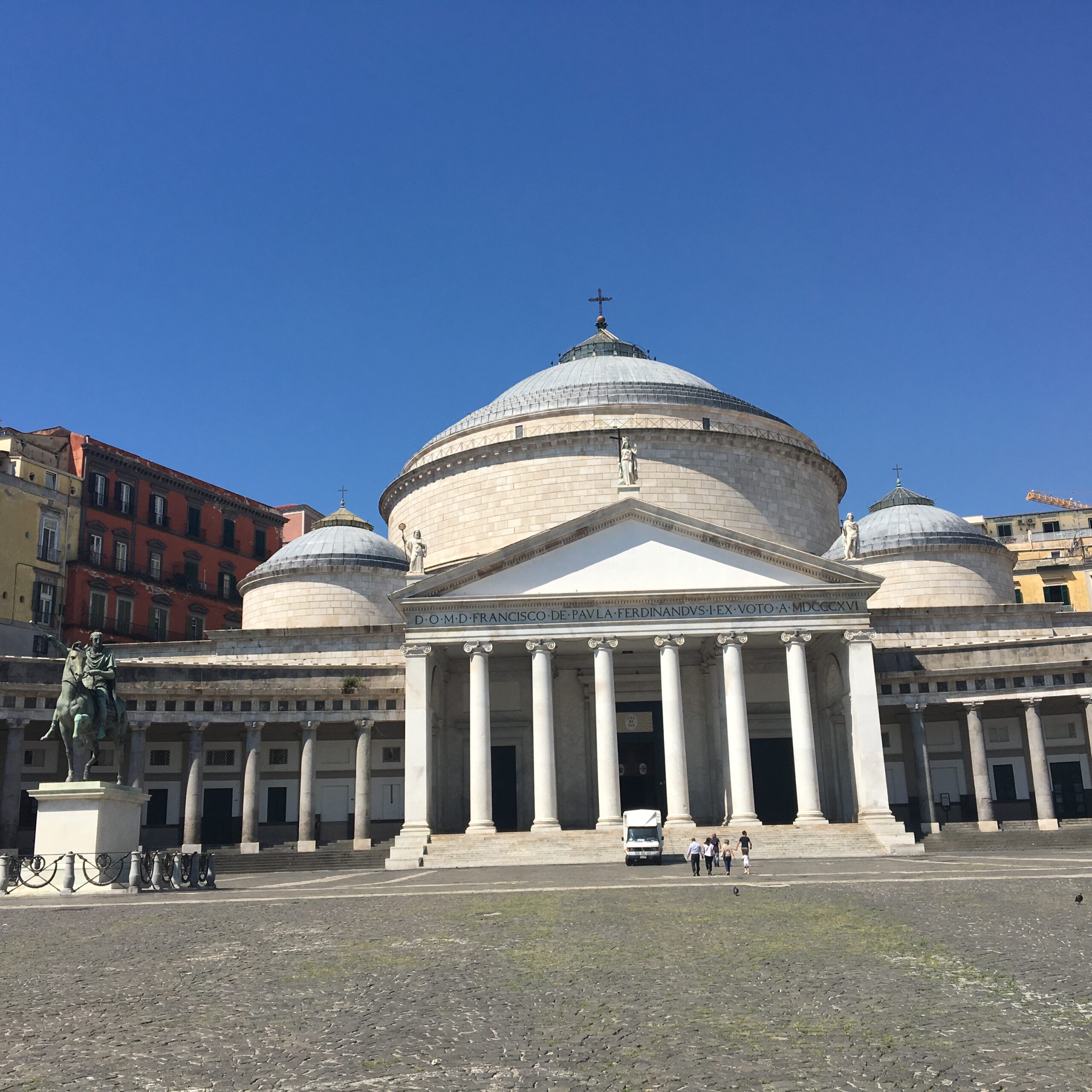 |
As mentioned before I found Naples rather raw, the city is famous from the mafia activity especially in the 20th century. The situation is better now but it’s best to be cautious when on you walk, a few steps from the nice street can lead you to more shady neigbourhood. Plus you need to be alert for the ubiquitous motorbikes, the drivers are experienced so are the locals, but it’s harder for short stay visitor to grab all the local motors codes and rules.
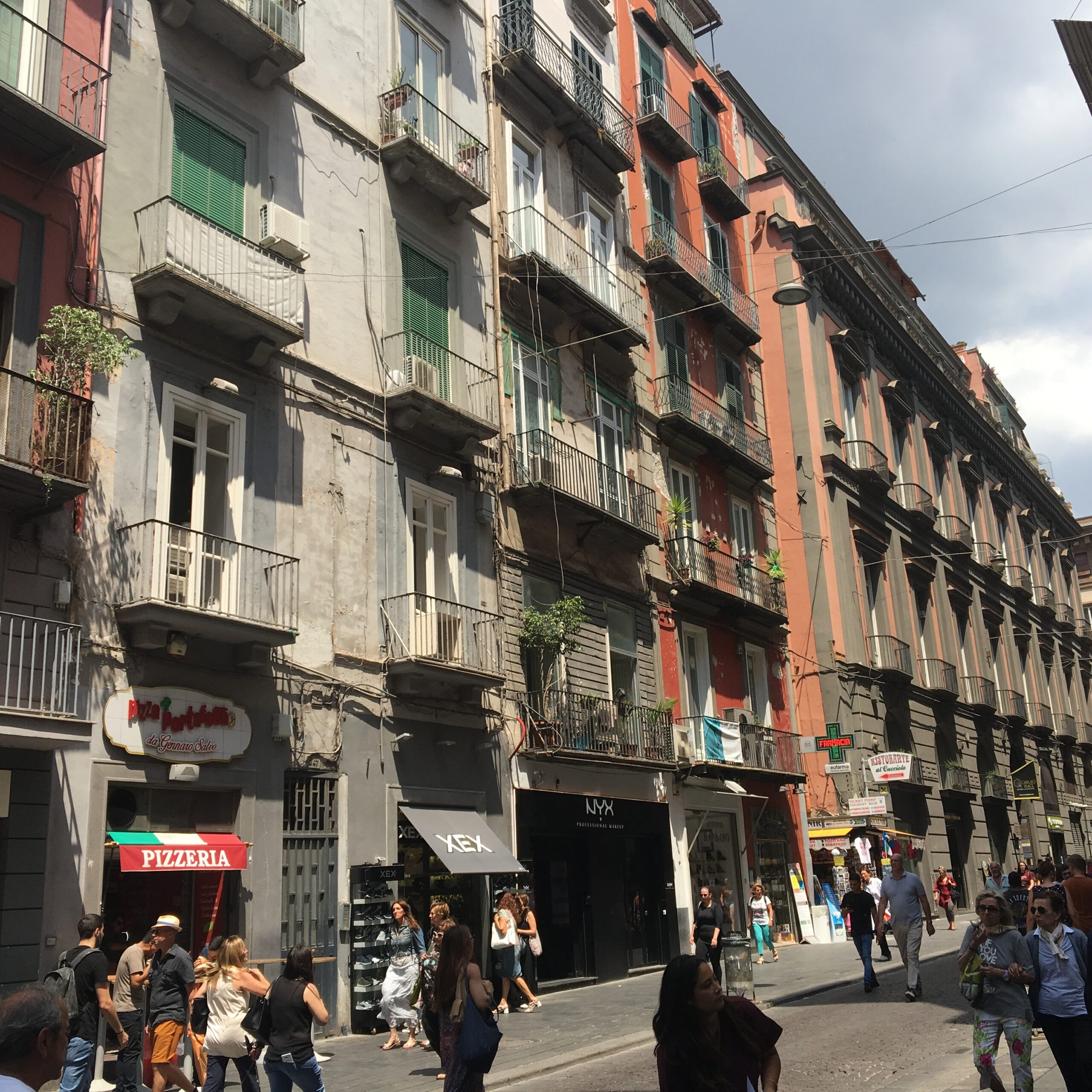 |
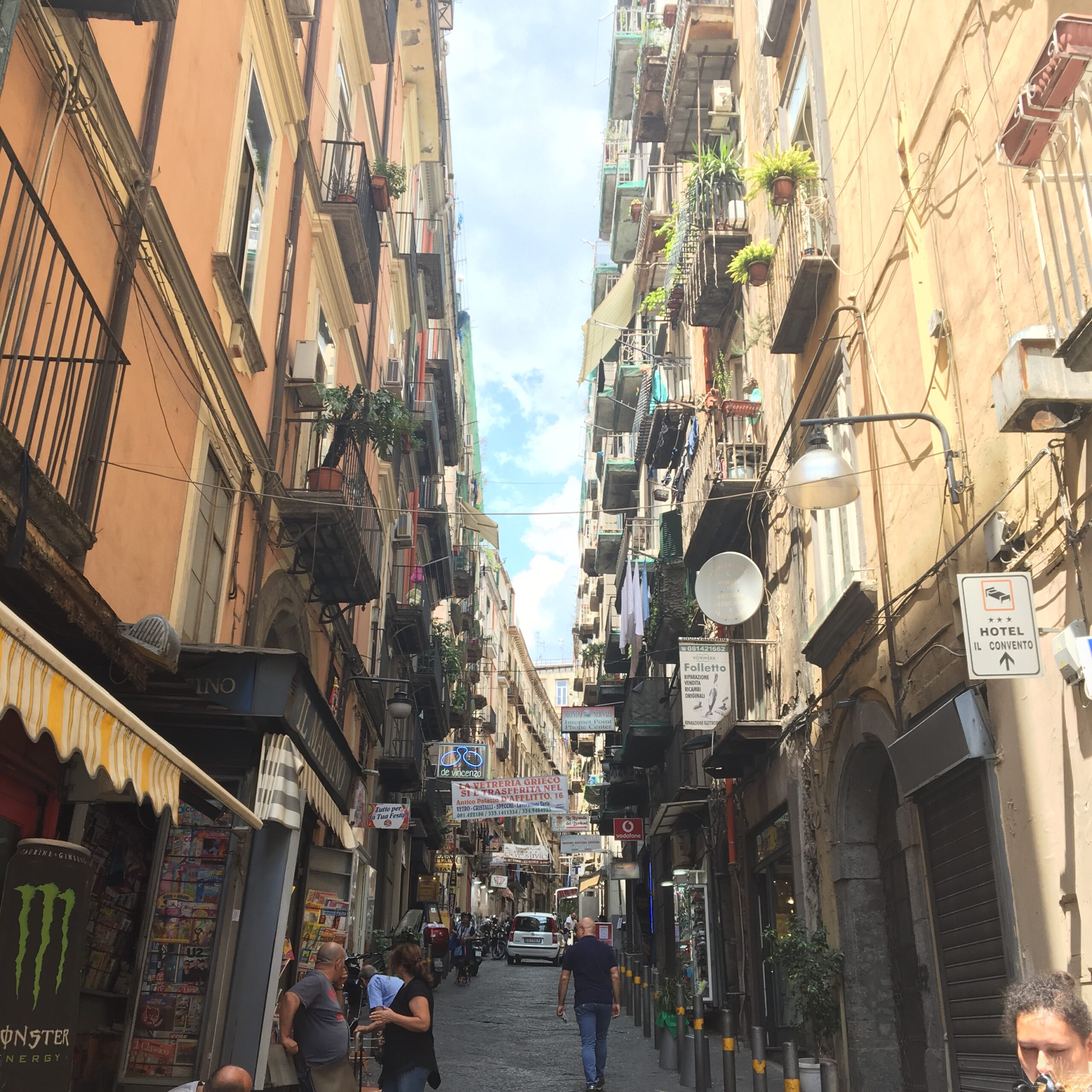 |
Pompeii (one day)
Naples is a very convenient place of departure for one day trip to Pompeii. This Roman town was very well developed and sophisticated. In ancient Pompeii lived many old aristocratic families, the prosperity of the region due to the fact that many wealthy Romans preferred to live in the Bay of Naples , the area was also attractive because of its rich fertile soils perfect for agriculture. In the Roman period the city was a cultural centre of the region, with an amphitheatre, Forum Baths and Odeon. Impressively, from about 20 BC, Pompeii was supplied with clean water by a spur from the Serino Aqueduct. Pompeii benefited also its remarkable development due to its great location as it became a significant passage for goods delivered by sea and later sent towards Rome or to the Southern Italy along the nearby Appian Way.
The existence of the city was put to the end as a result of a disastrous eruption of Vesuvius volcano in AD 79. The eruption phase lasted 2 days, with pumice rain lasting for around 18 hours, which gave enough of time for most of the inhabitants to escape the area. The second phase of the eruption, Pompeii was buried under meters of volcanic ash and pumice which completely destroyed the city and killed remaining inhabitants.
Nowadays, Pompeii is classified as a Unesco Heritage Site. The town features excavated ruins conserved for centuries under volcanic ash. A visit to Pompeii gives a unique opportunity to learn about life in a Roman affluent town, frozen at the moment of eruption in AD 79. Obviously, plenty of detailed evidence of the everyday life of its inhabitants is gone forever as it was lost in the process of excavations but it’s still an invaluable and extraordinary snapshot of life in ancient Roman town.
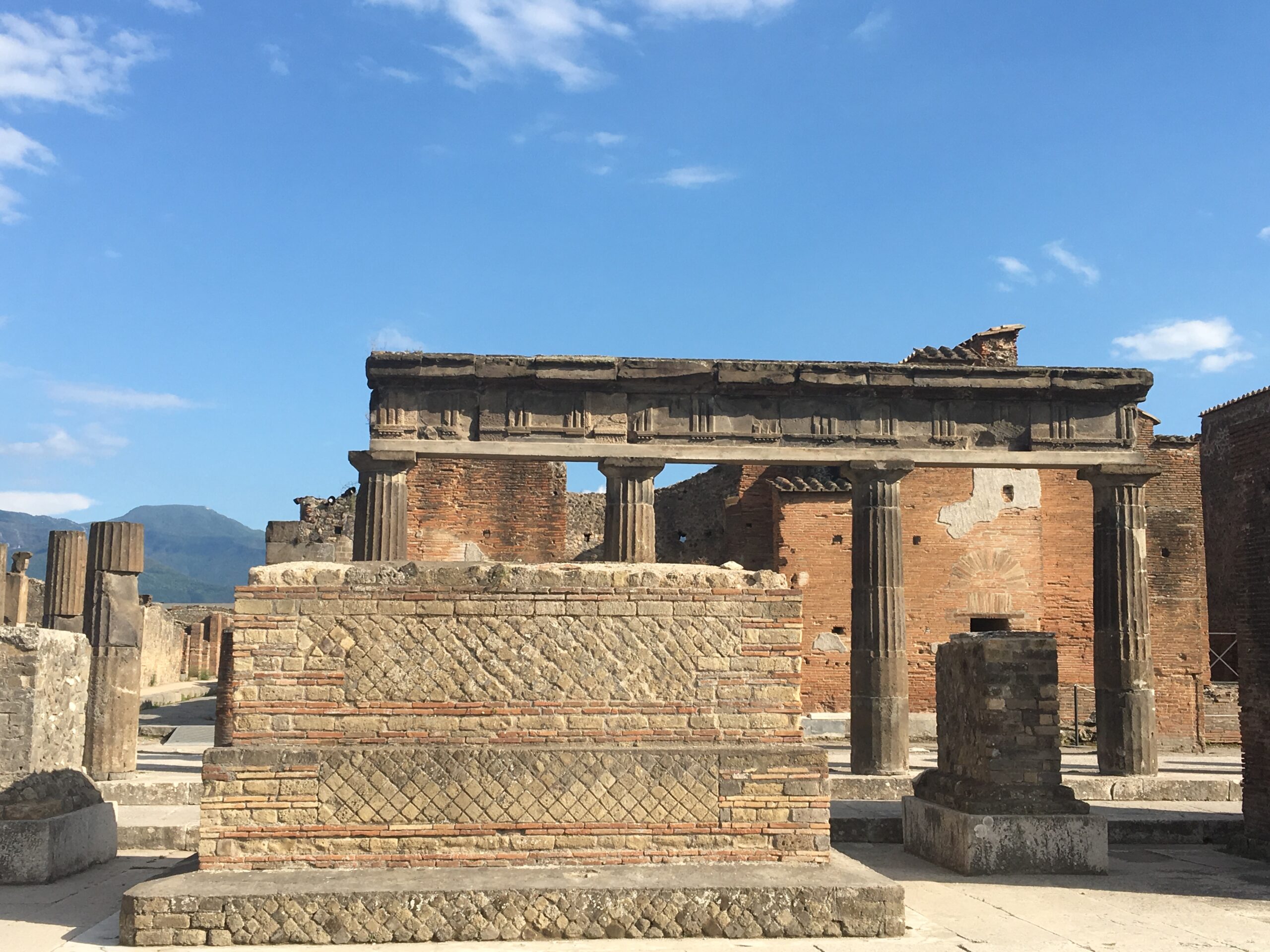 |
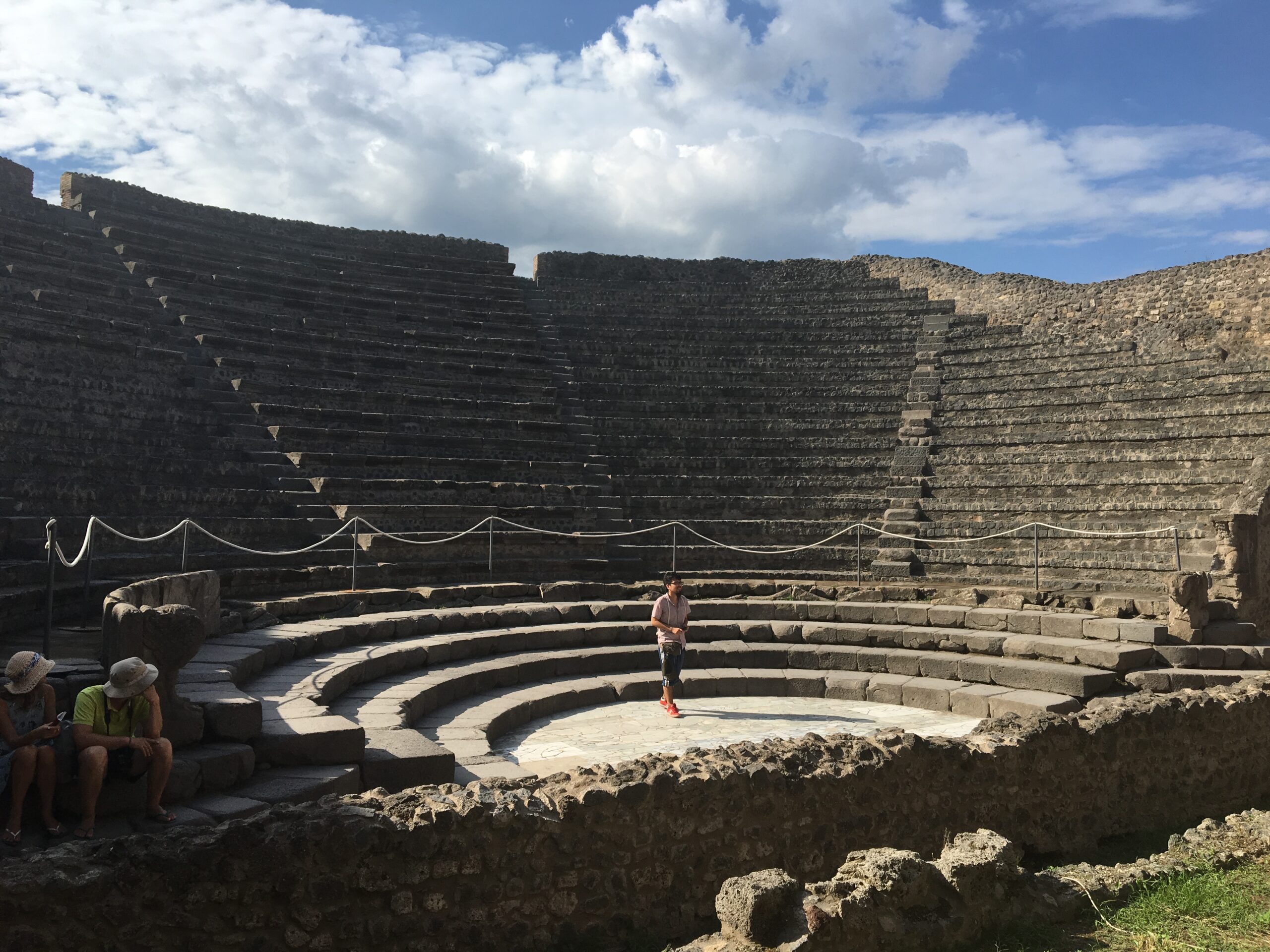 |
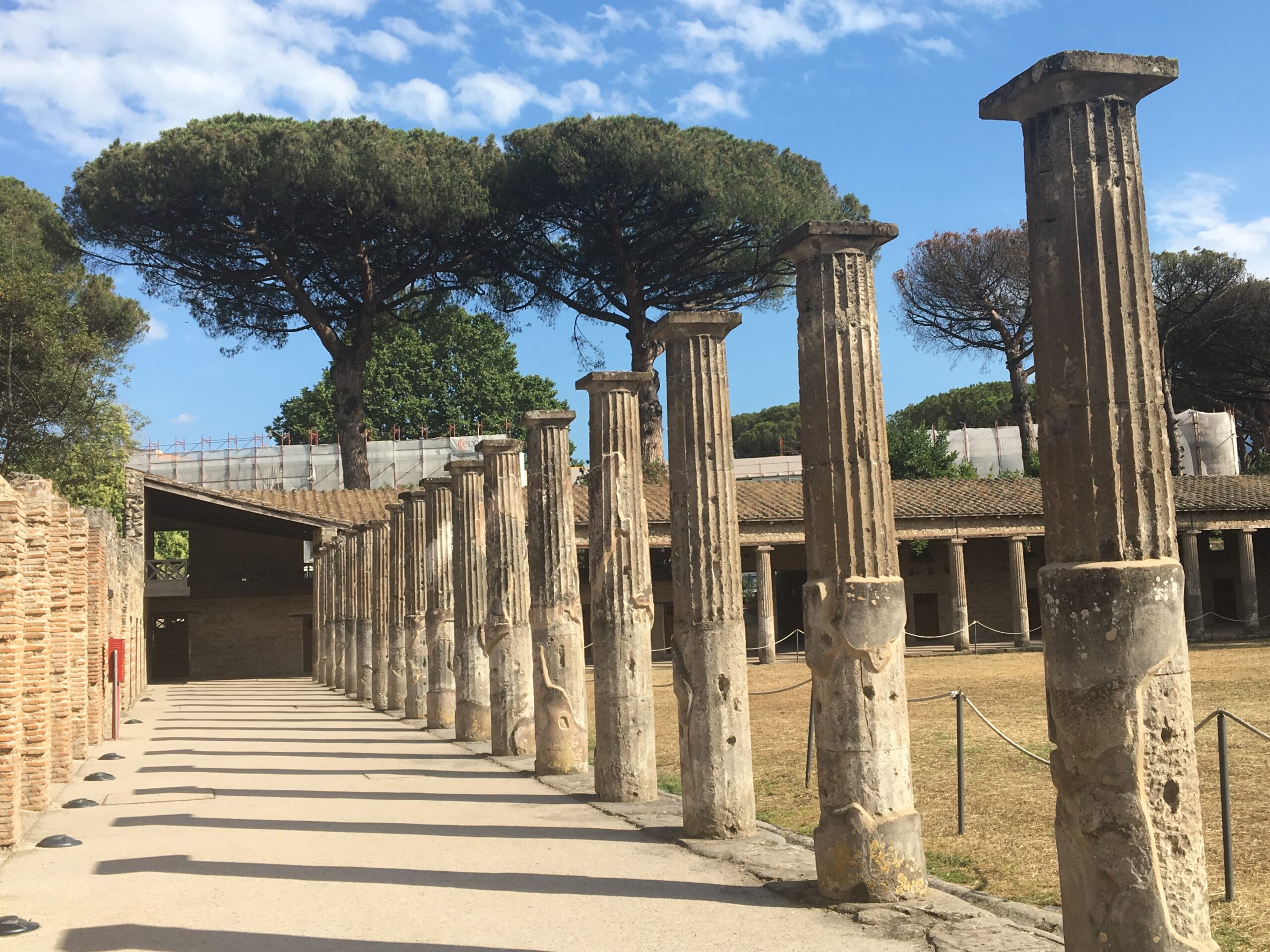 |
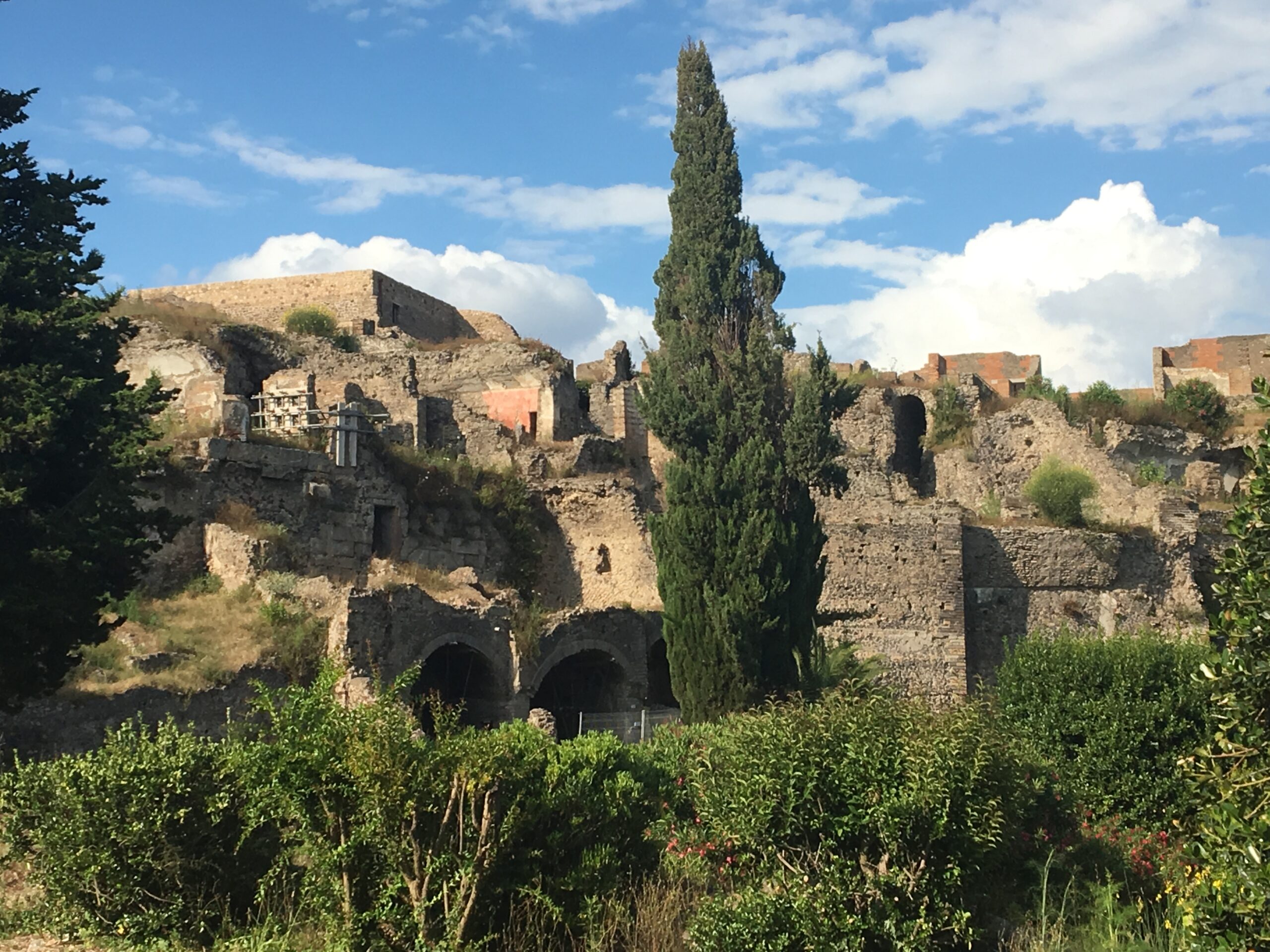 |
Pompeii is easily accessible by train from Naples. The ride takes around 30 minutes. You can opt for 1 or 2 day sightseeing pass but if you’re not a passionate of archeology I think that one day is enough. If you come in the summer months, make sure you take a hat and sun protection, since you’re very much exposed to the sun when exploring the site.
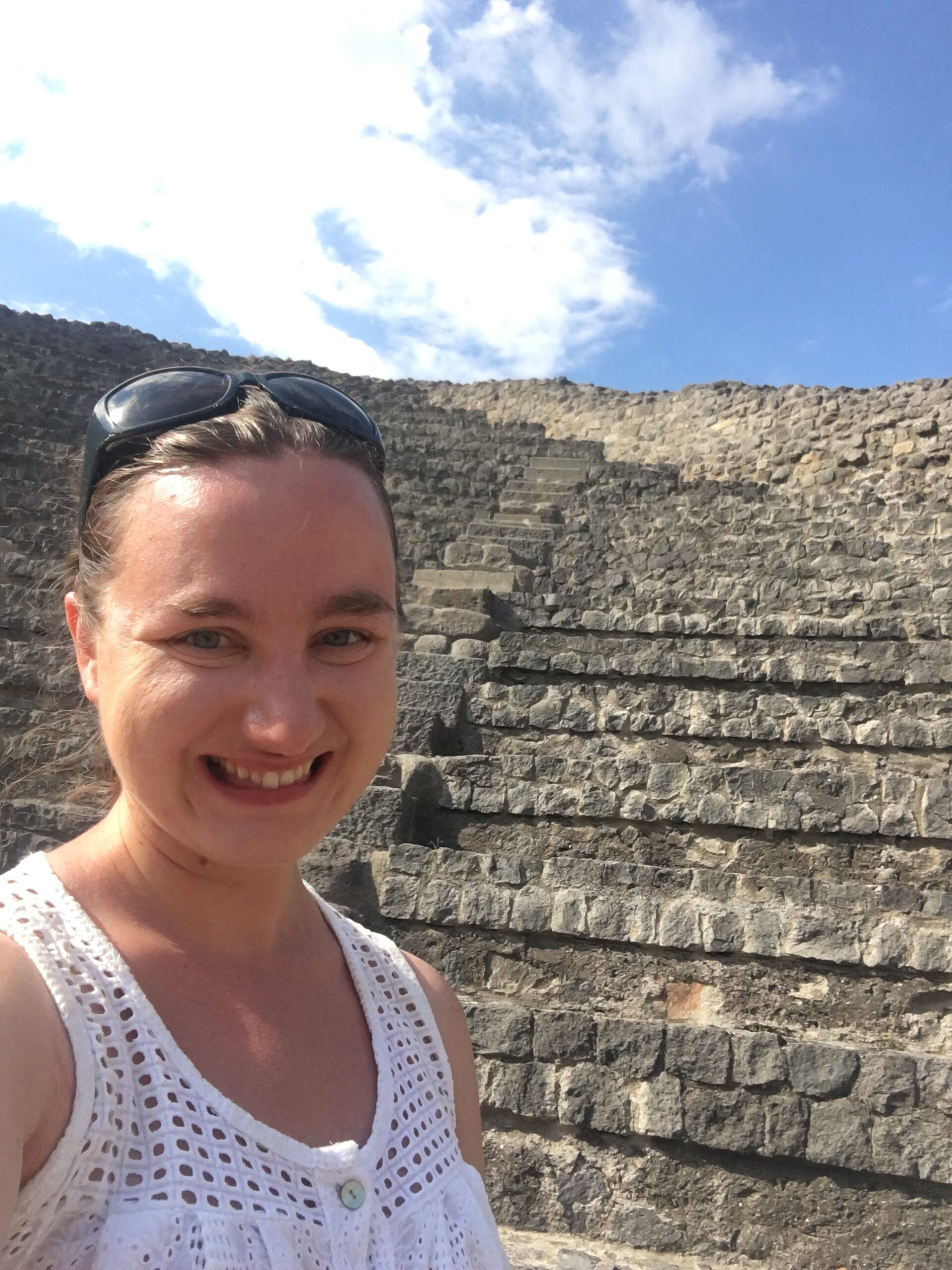 |
Salerno (one day)
After busy and noisy Naples and day trip to Pompeii, I suggest visiting some traditional Italian coastal towns with calm atmosphere, beautiful architecture and excellent seafood. It takes a convenient one hour trip with a regional train to get from Naples to Salerno and experience completely different vibe of slightly lethargic and much more relaxing Salerno which on its own can be a holiday destination with good choice of hotels, beaches and plenty of local restaurants serving delicious food. Enjoy a walk in a historical town, enter Salerno Cathedral, have a promenade along Trieste Lungomare on the coast, relax in the 19th century Villa Comunale di Salerno gardens and visit the 16th century Forte La Carnale castle. At the end of the day sit and enjoy slowly served dinner in one of the traditional trattorias serving delicious seafood.
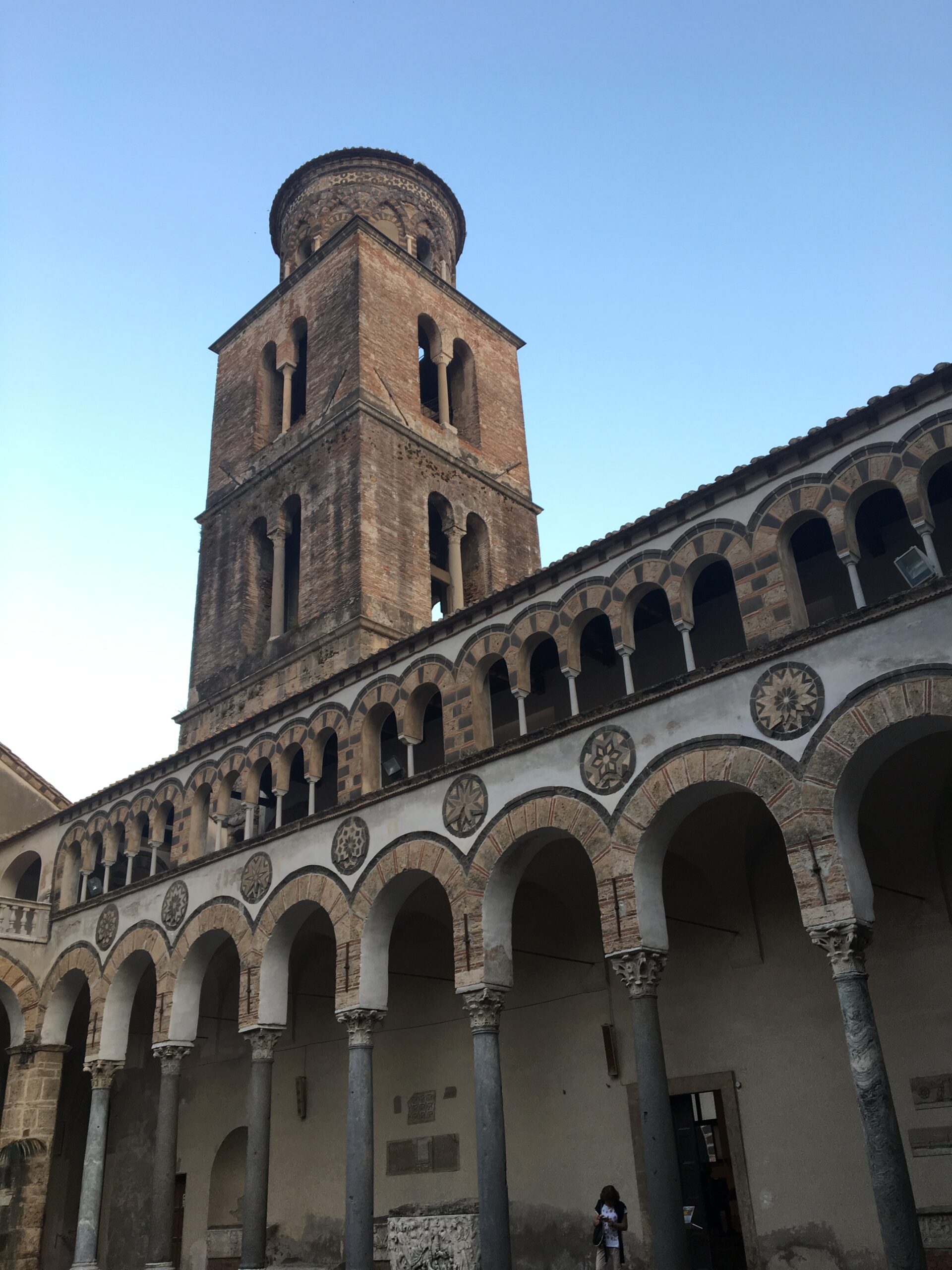 |
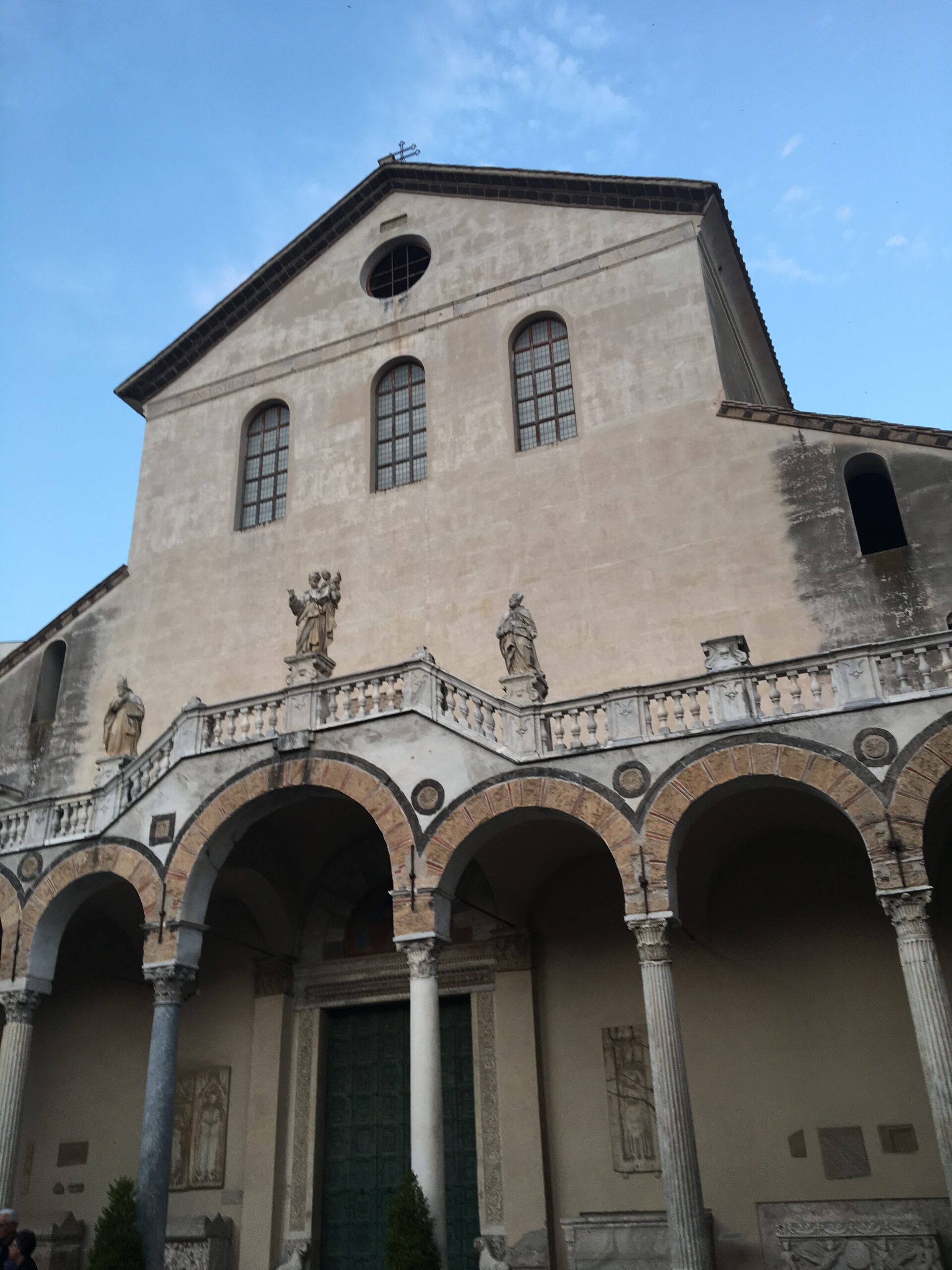 |
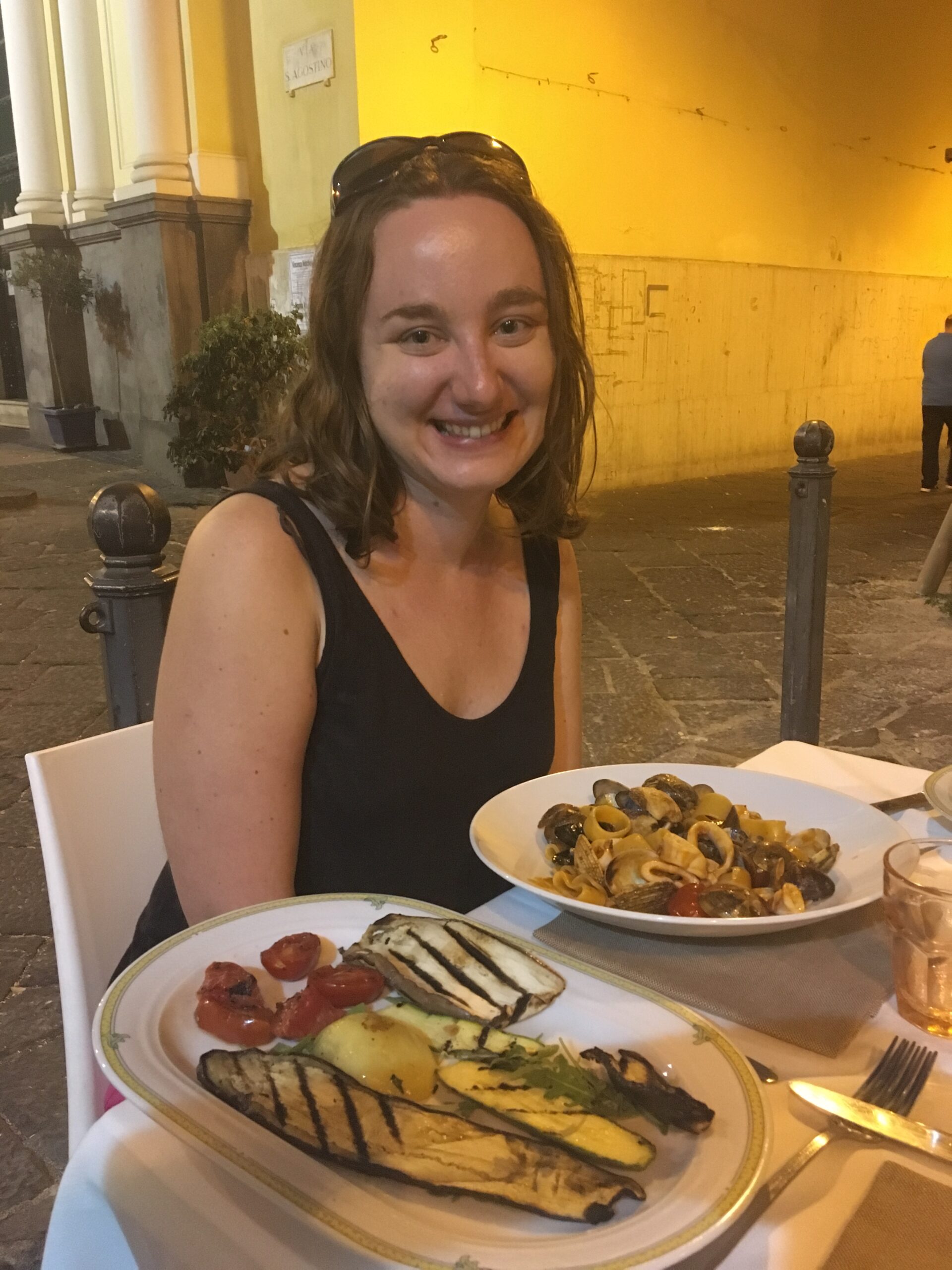 |
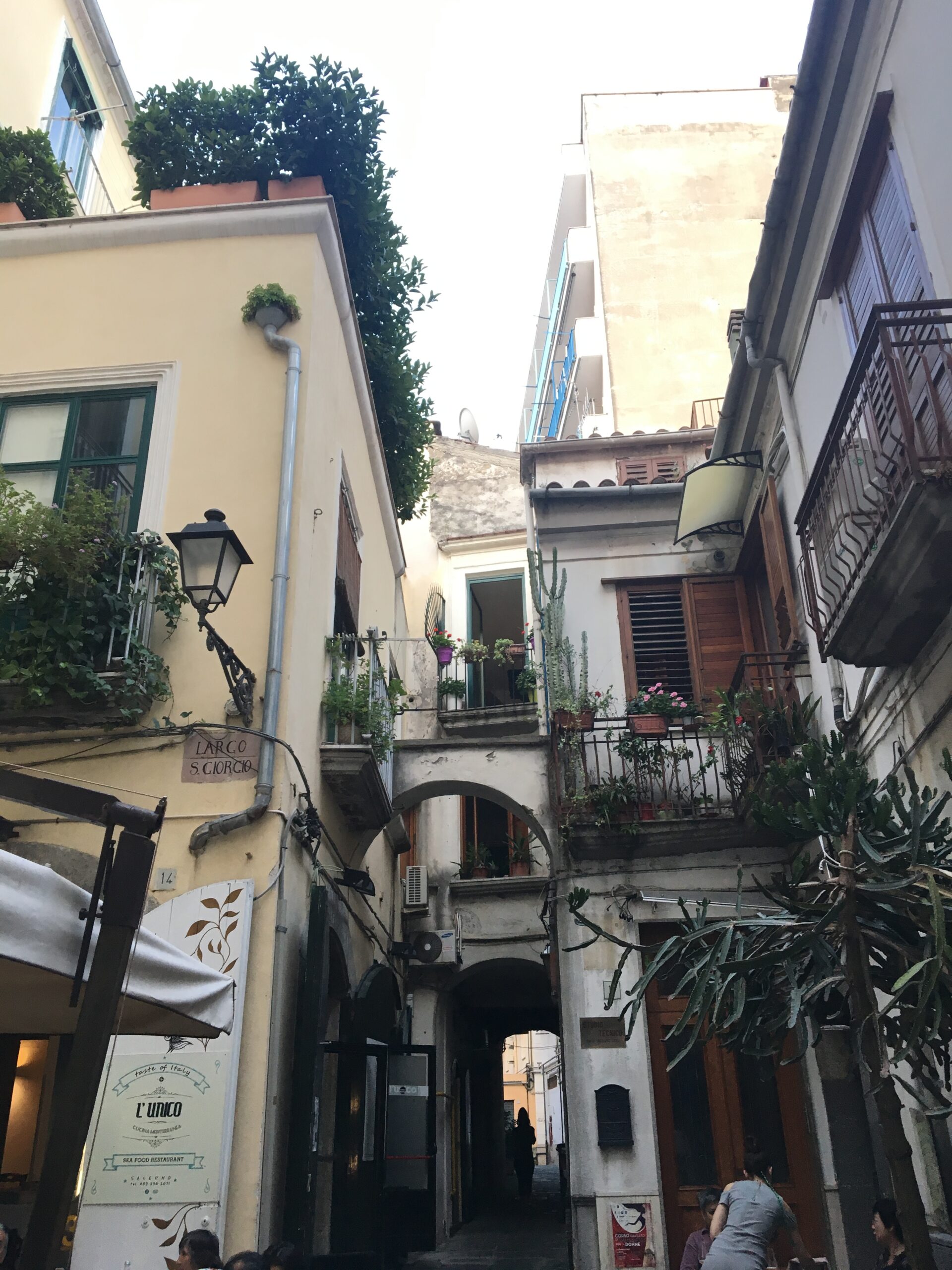 |
Important: When walking along the coast, check the boat schedule to Amalfi Coast. A strong advantage of Salerno is that the town is a convenient gate to one of most spectacular part of Italian coastline. Amalfi Coast amazes with its dramatic vertiginous cliffs and a rugged shoreline nested with tiny beaches and charming pastel-colored villages. The ride to Amalfi is spectacular on its own, you will pass the grand Italian villas, vineyards located on the natural terraces and lemon groves adorning the cliffside.
If your visit is short, you can come to Salerno from Naples and go directly to the harbour to take a boat to Amalfi Coast. Then spend a day in Amalfi small towns and take a boat back to Salerno and catch the evening train to Naples. This trip is a bit rushed but it’s still worth it since Amalfi Coast is one of the most beautiful Italian regions and it’s easily reachable from Naples. If you decide for one day trip like this, make sure you verify the train and boat schedules in advance and coordinate your connections well.
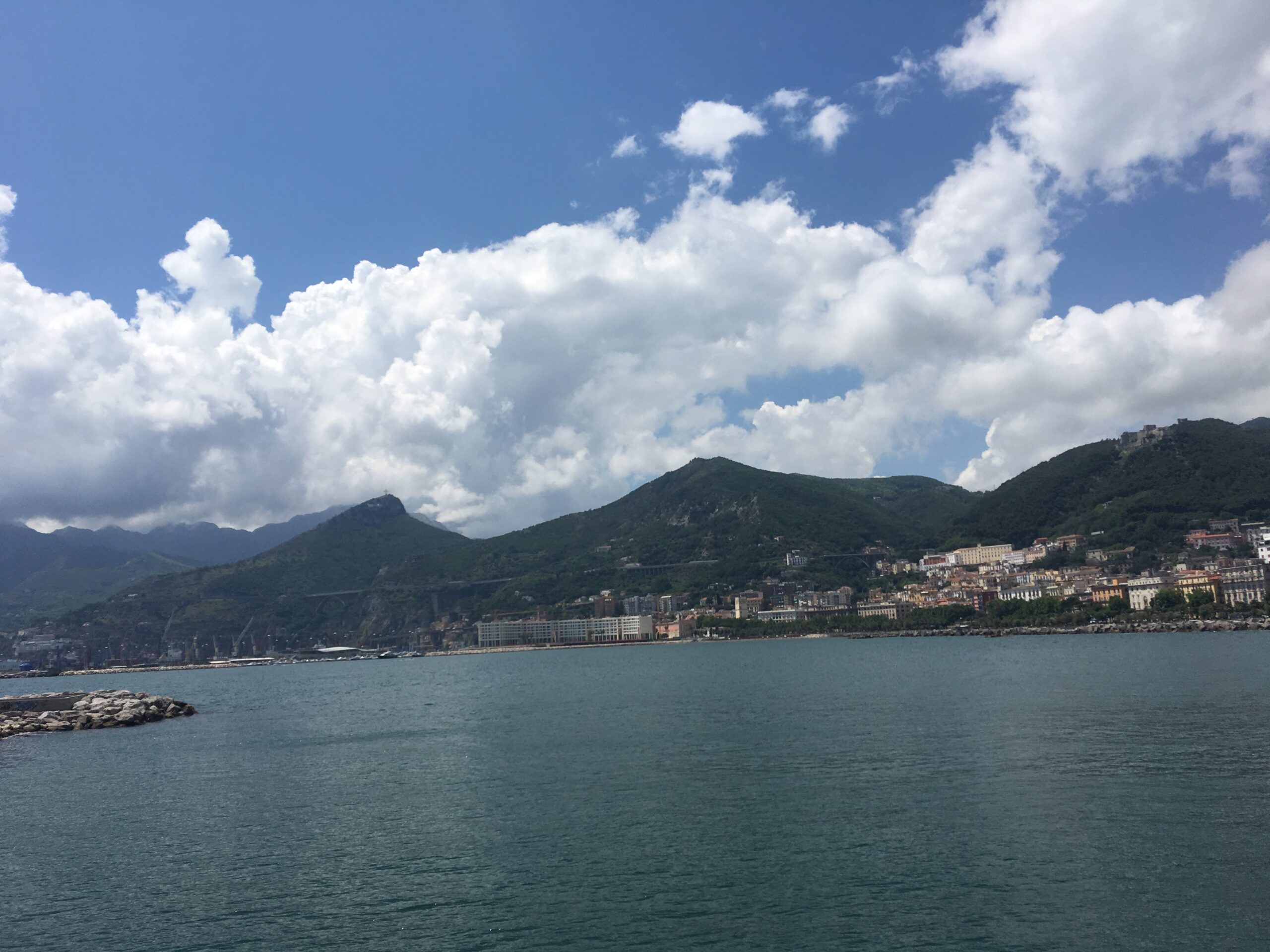 |
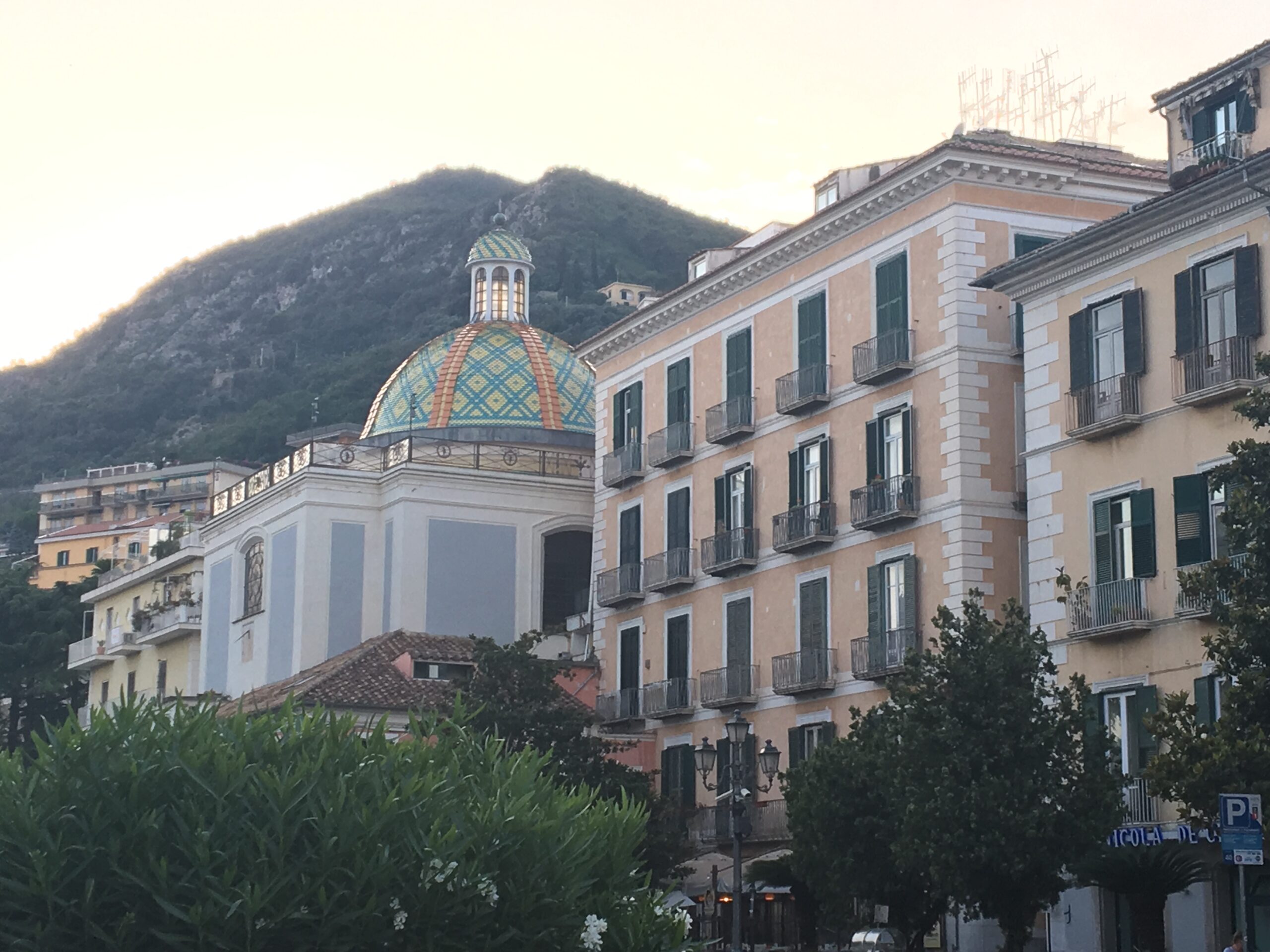 |
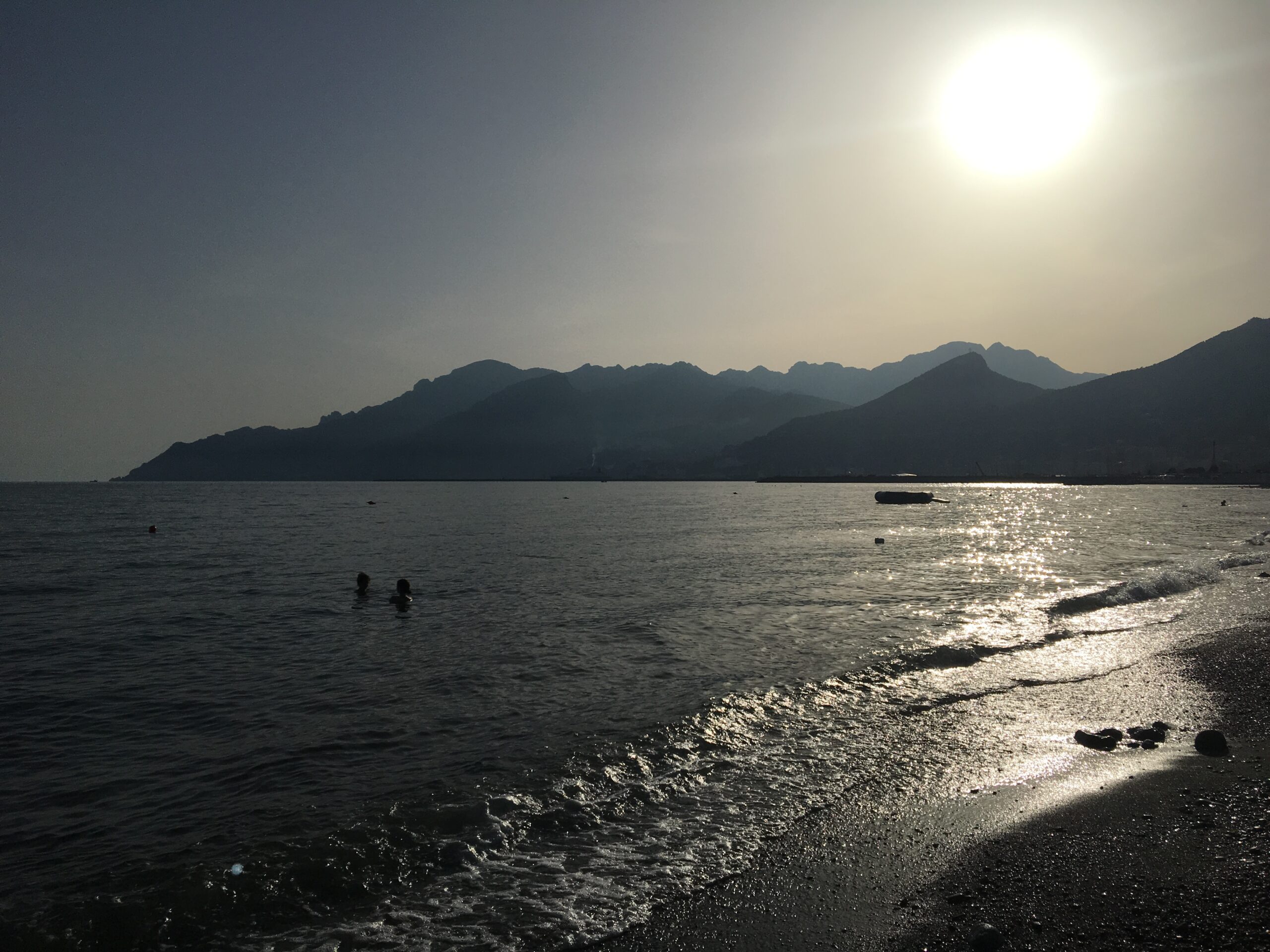 |
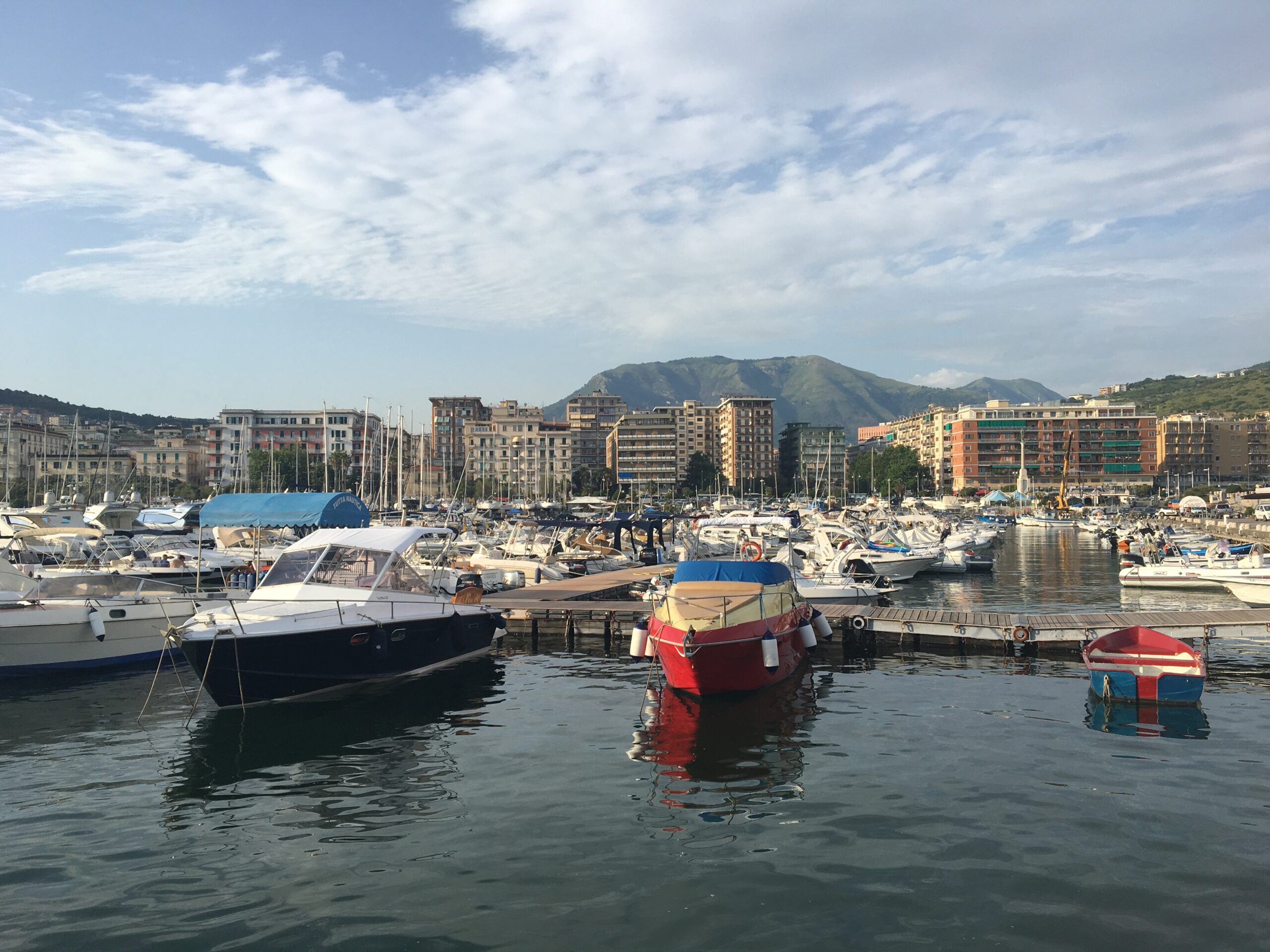 |
Amalfi Coast (1-2 days recommended)
The trip to iconic Italian Amalfi cliff coast ensures breathtaking views and relaxing slow explorations of old charming villages. In the area you can sample the best of Italian cuisine in small little restaurants, opt for leisure swimming on cameral beaches in the summer or visit old historical villas and surrounding gardens and admire the rural Italian architecture of the small towns nested on the hills and coasts. In my view, the great popularity of Amalfi Coast that draws visitors from all over the world comes from the possibility to experience the unique blend of old-world European charm combined with the beauty of nature and numerous coastal activities.
The best way to reach Amalfi Coast is to take a boat from Salerno to Positano, the journey takes from 45 minutes to almost two hours depending on the type of the vessel. The trip on its own is amazing because you have beautiful panoramic views of Sorrento clifftop. If you don’t want to be rushed (also by the boat schedules) it’s worth spending 2 days in Amalfi Coast area to slowly enjoy the dreamy atmosphere of the villages and take in the natural beauty of one of the most stunning places in the whole Italy. But if you can’t stay longer, one day visit is also possible.
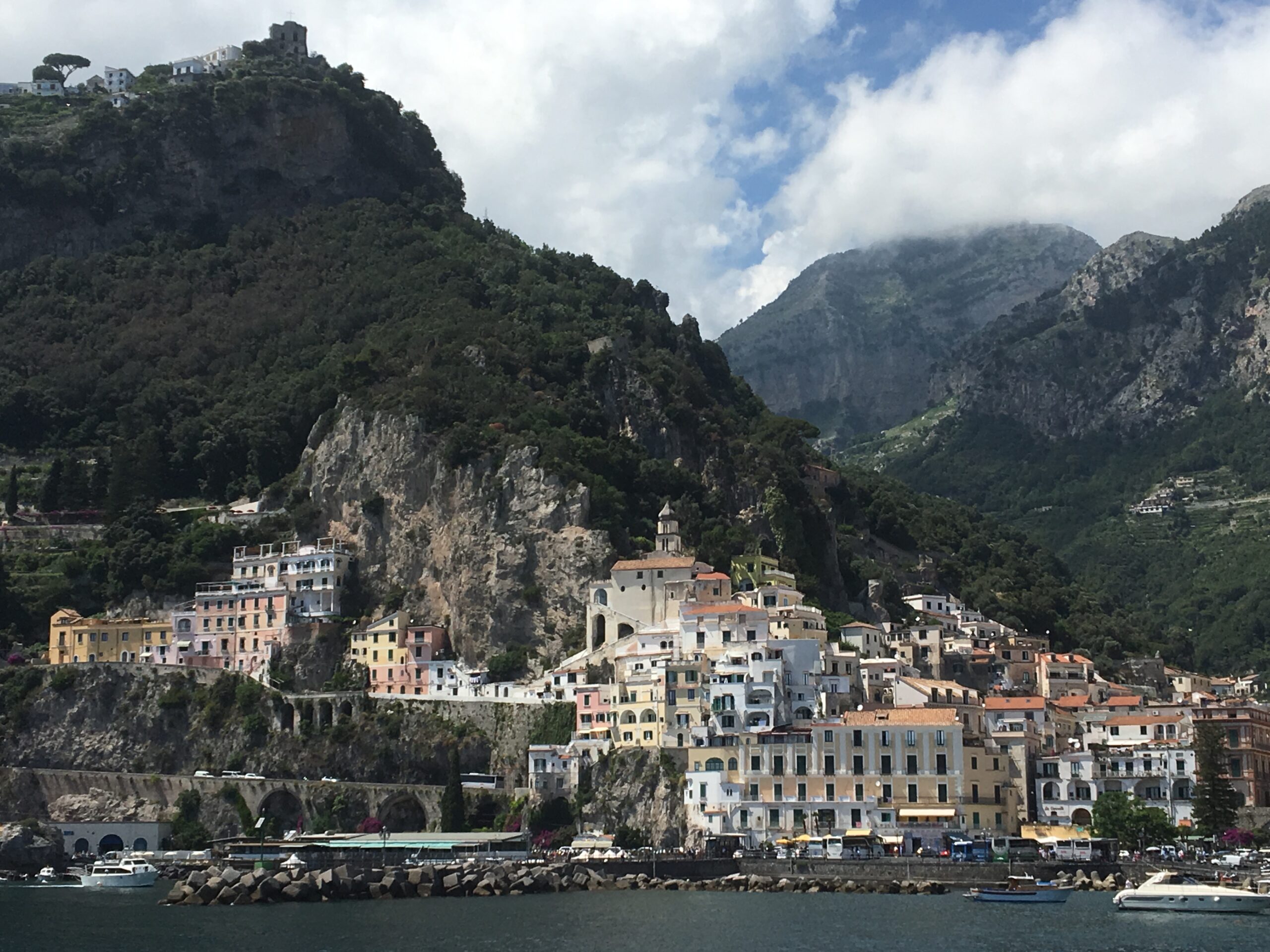 |
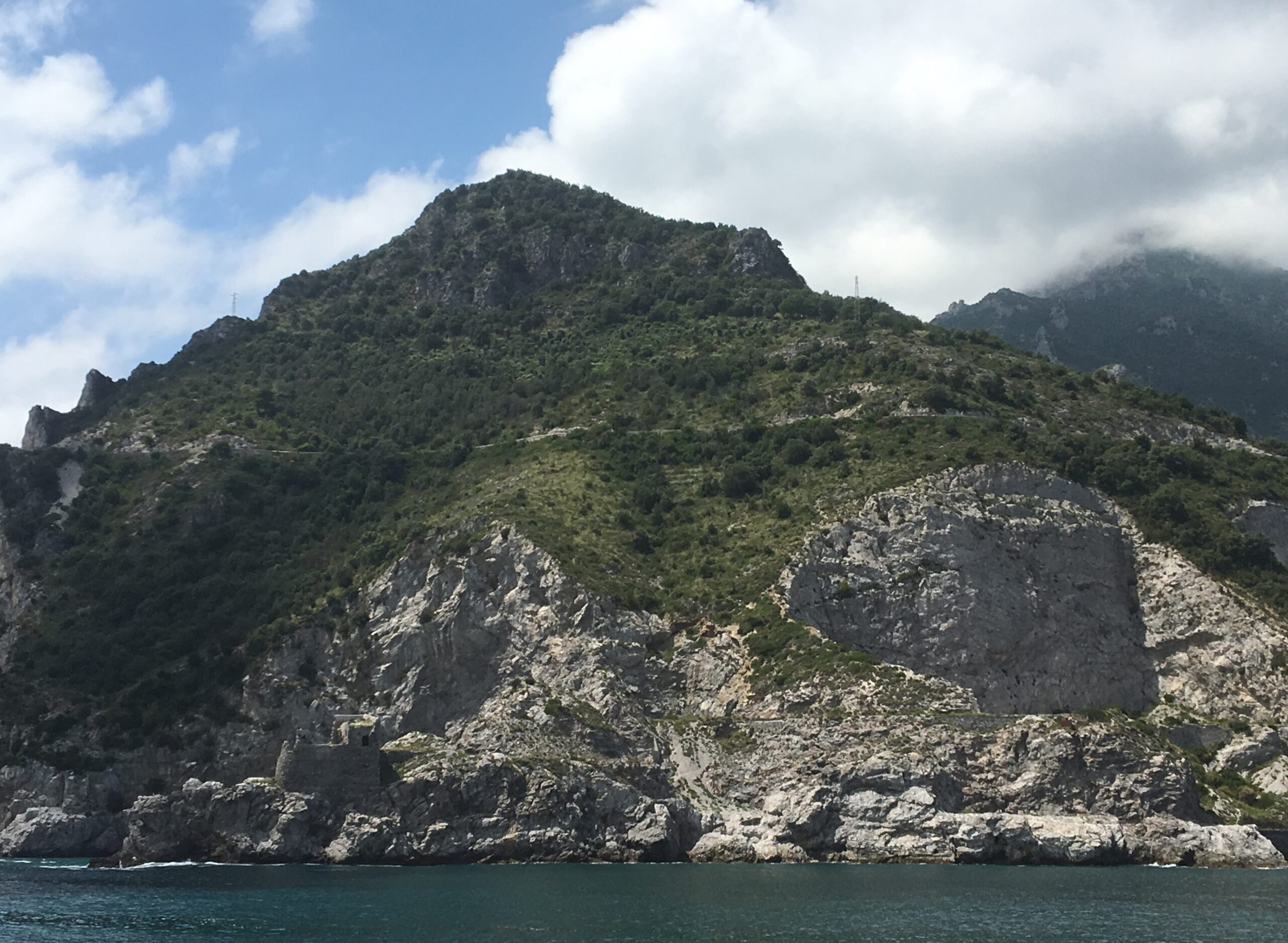 |
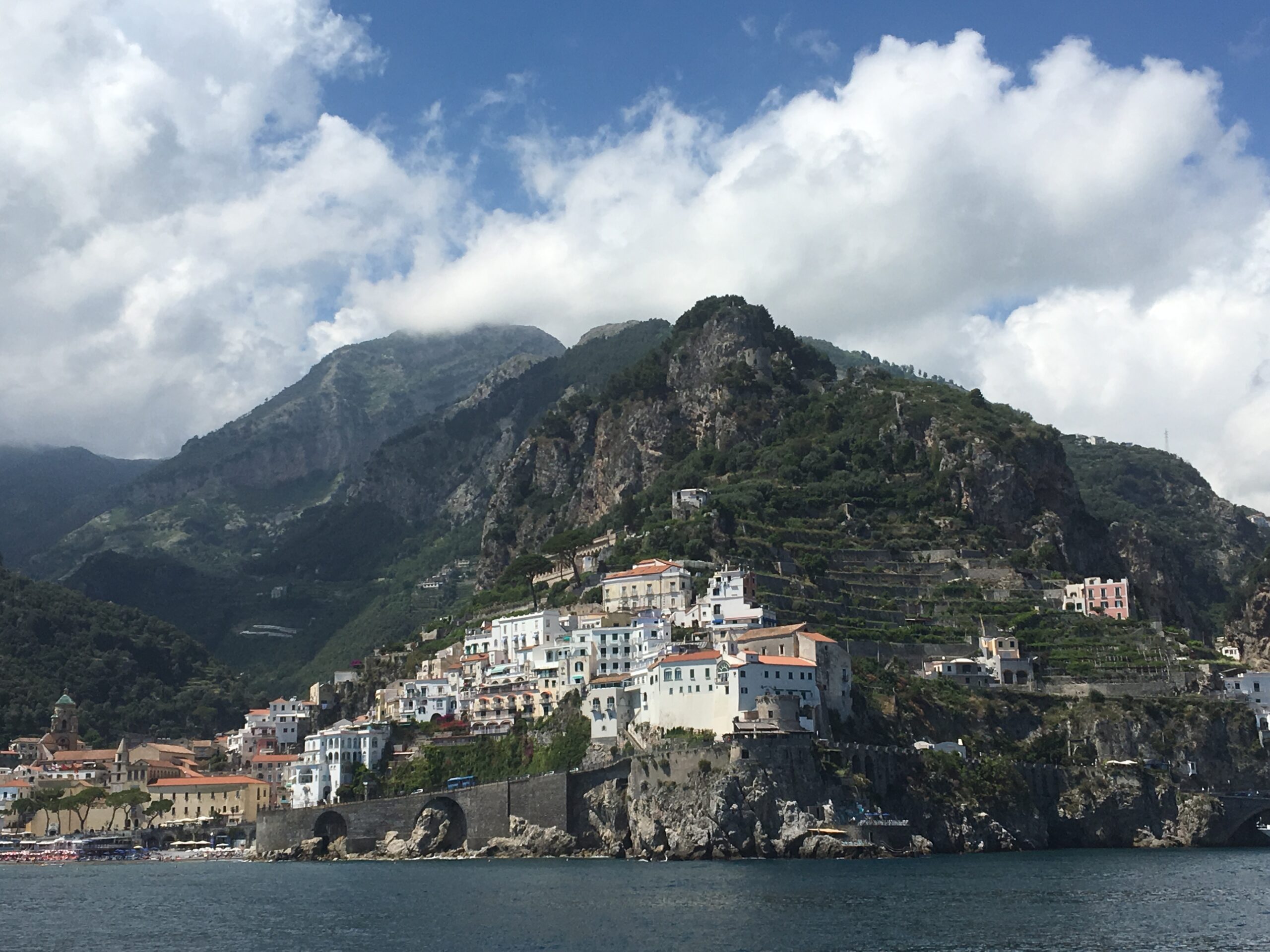 |
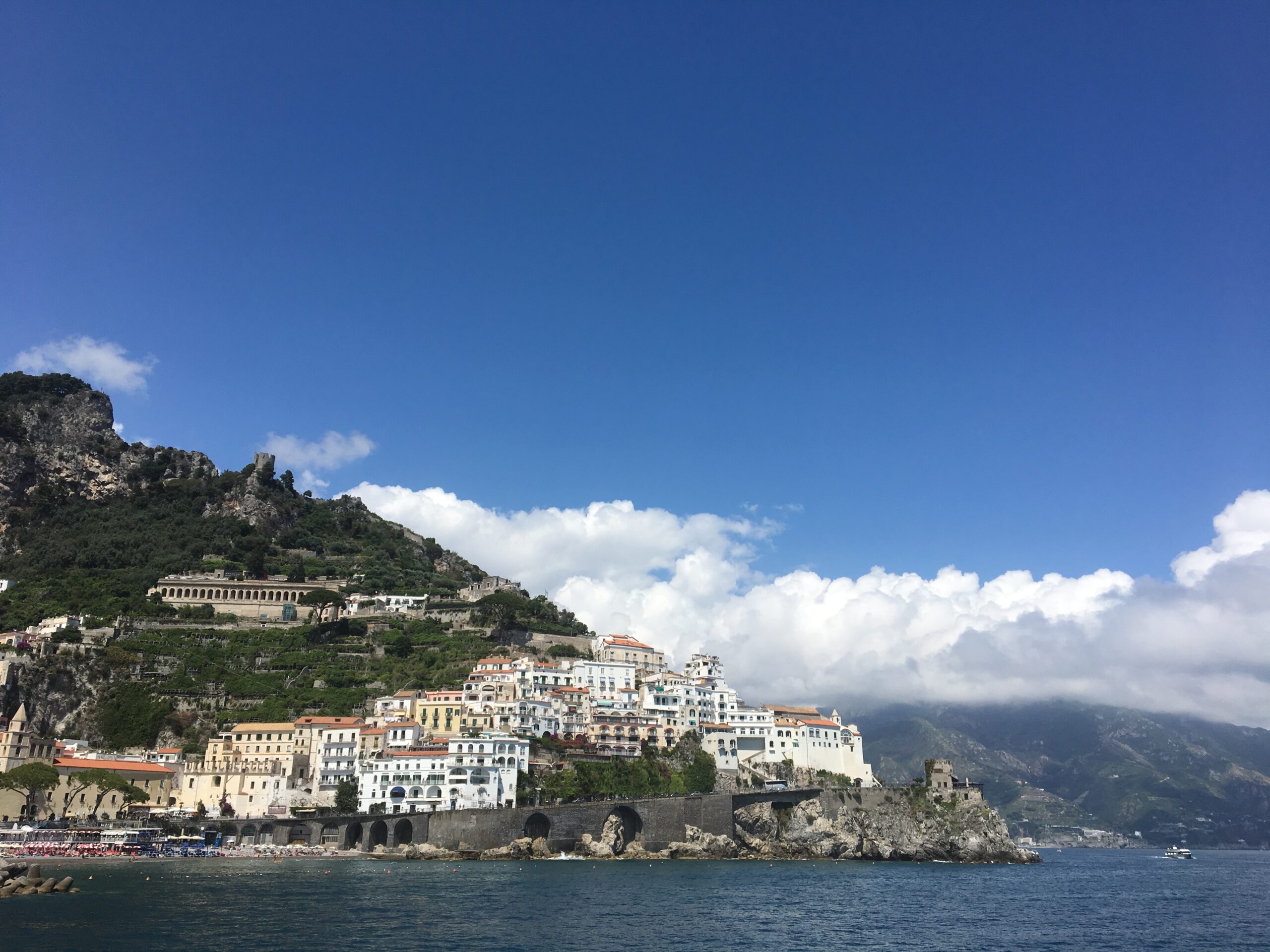 |
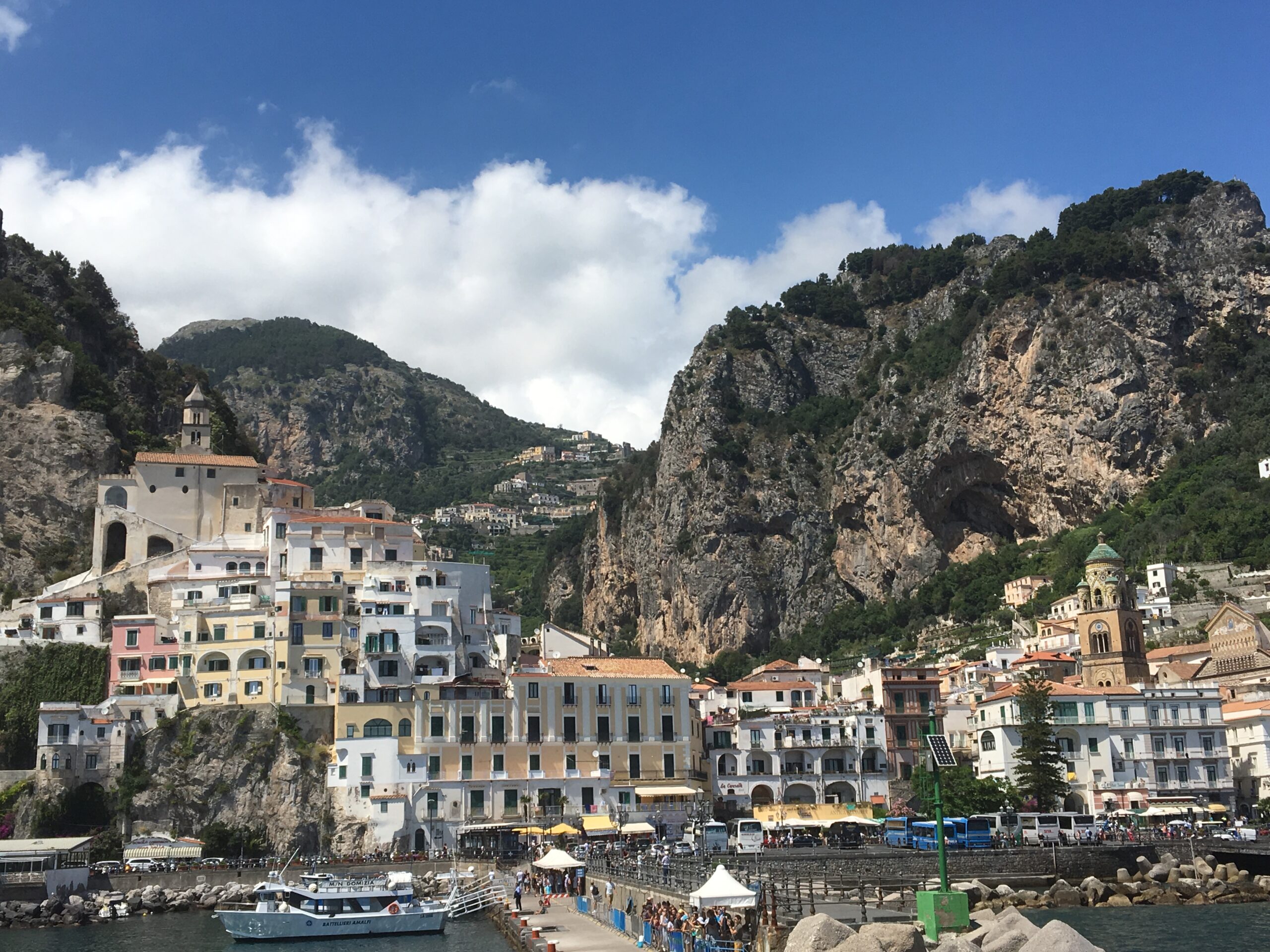 |
The towns worth seeing in Amalfi Coast if you come for one day are Positano or Amalfi(where you dock so it’s an easy visit), but you definitely want to go up to see the villages on the cliff and enjoy the panoramic views from there. This is possible with a system of buses which conveniently depart from Positano and Amalfi. You can easily get with public transport to picturesque Ravello, a village located 365 meters above the sea level. One of the biggest attractions is a 13th century Moorish-style Villa Rufolo with its splendid gardens that lead to the terraces overlooking the area. Ravello is a small town and perfectly walkable by foot, after visiting Villa Rufolo I suggest getting to the main square and enjoy local architecture as well as cool down with delicious ice-cream in one of the traditional gelaterias.
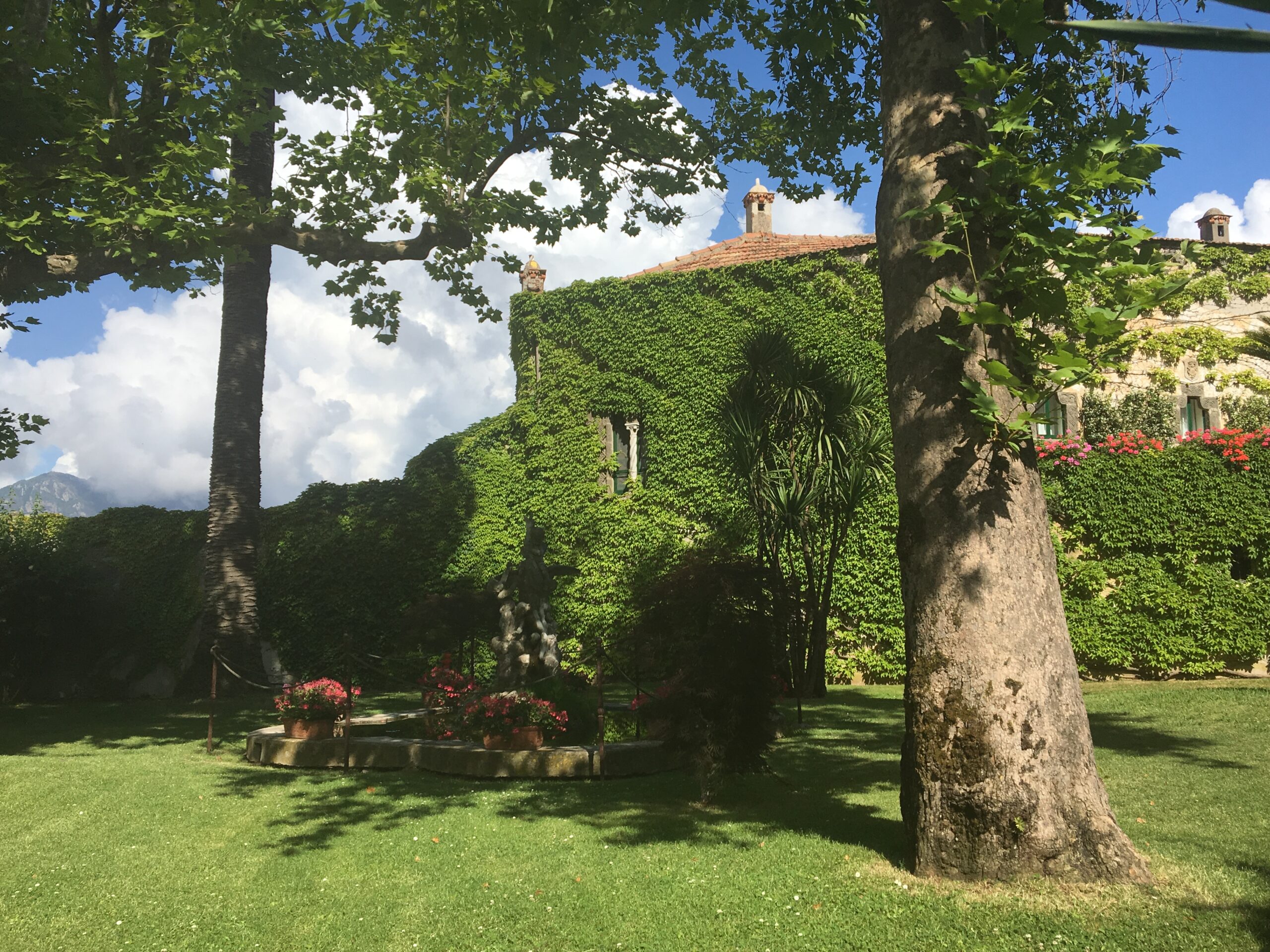 |
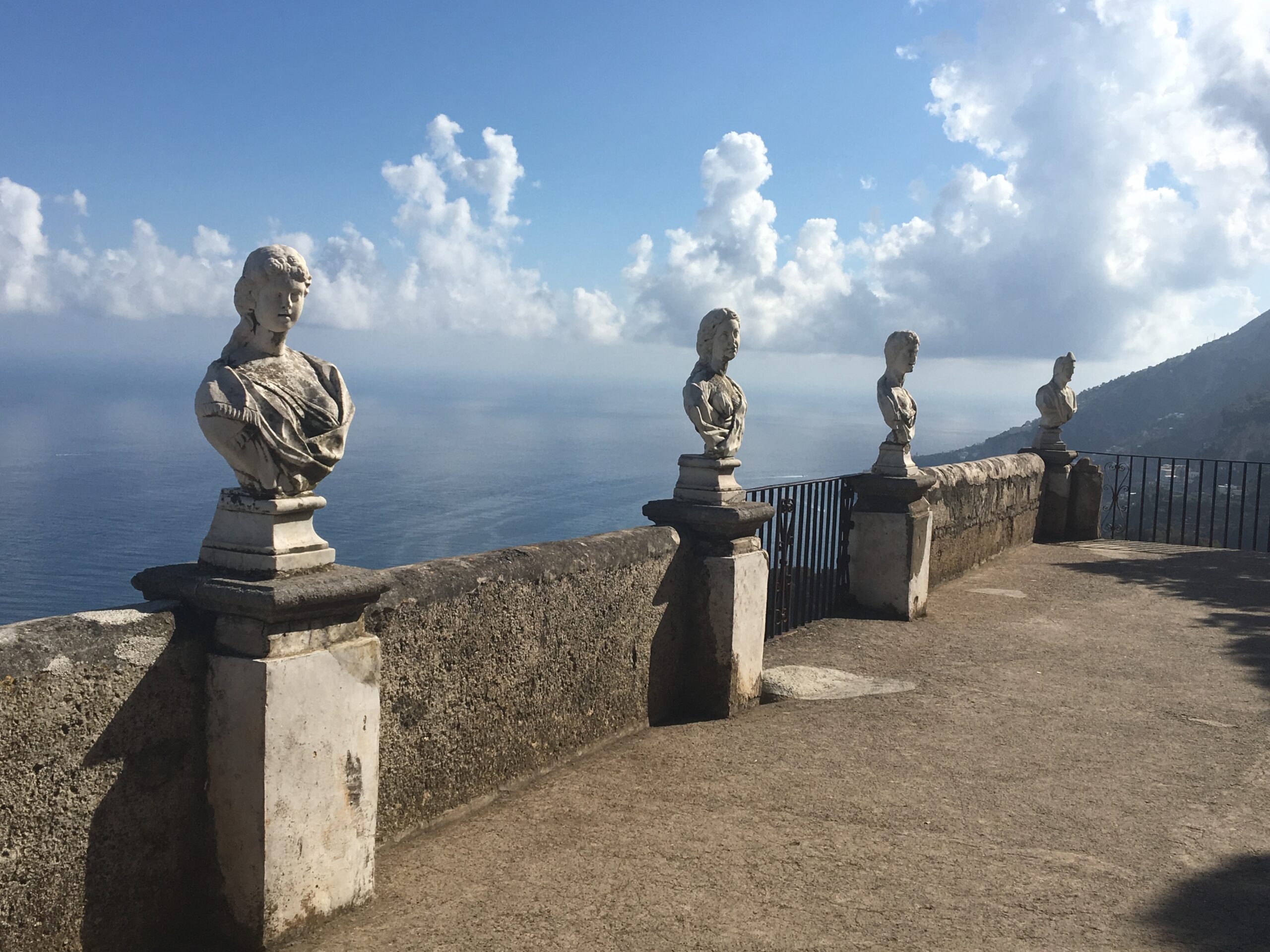 |
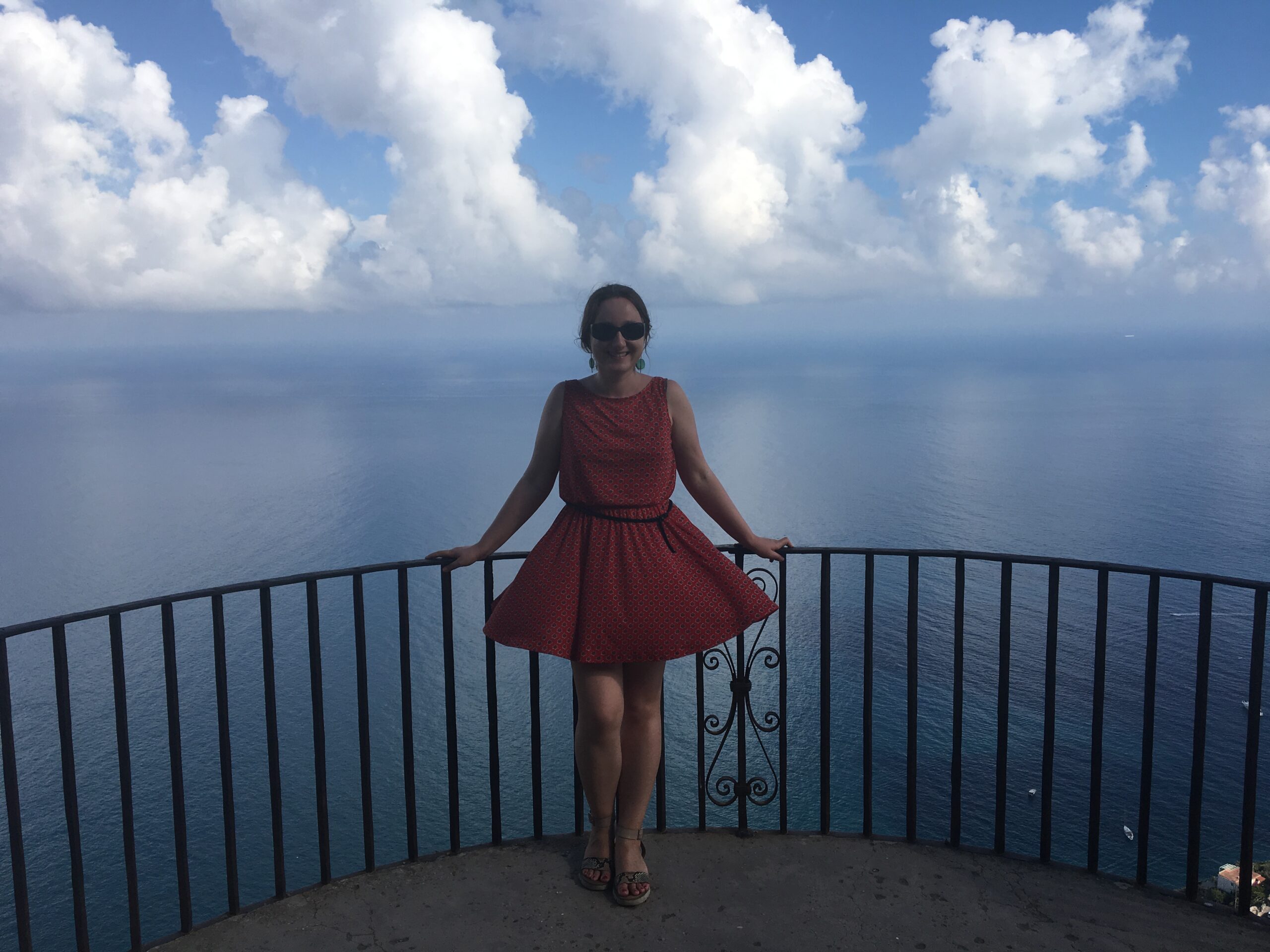 |
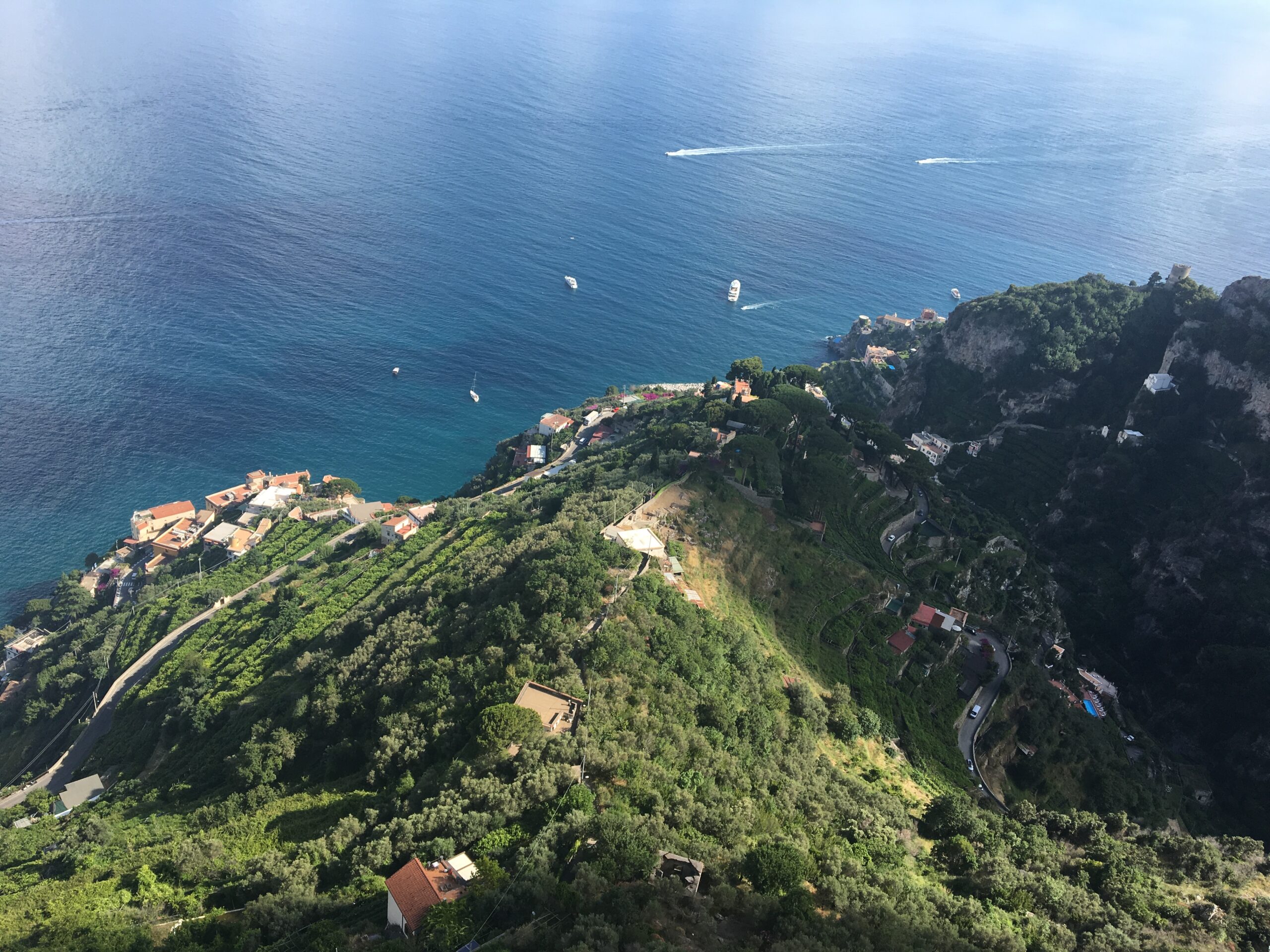 |
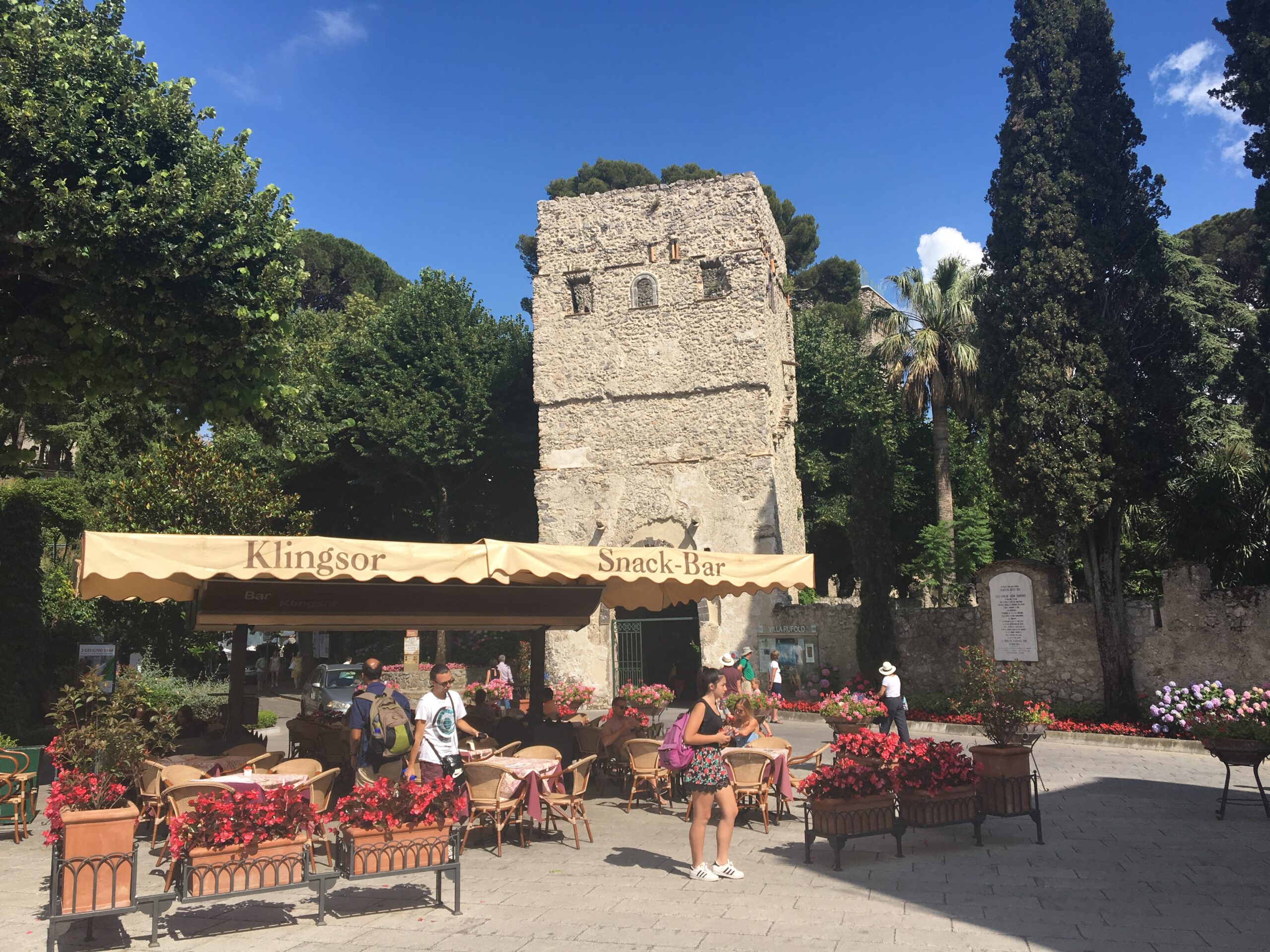 |
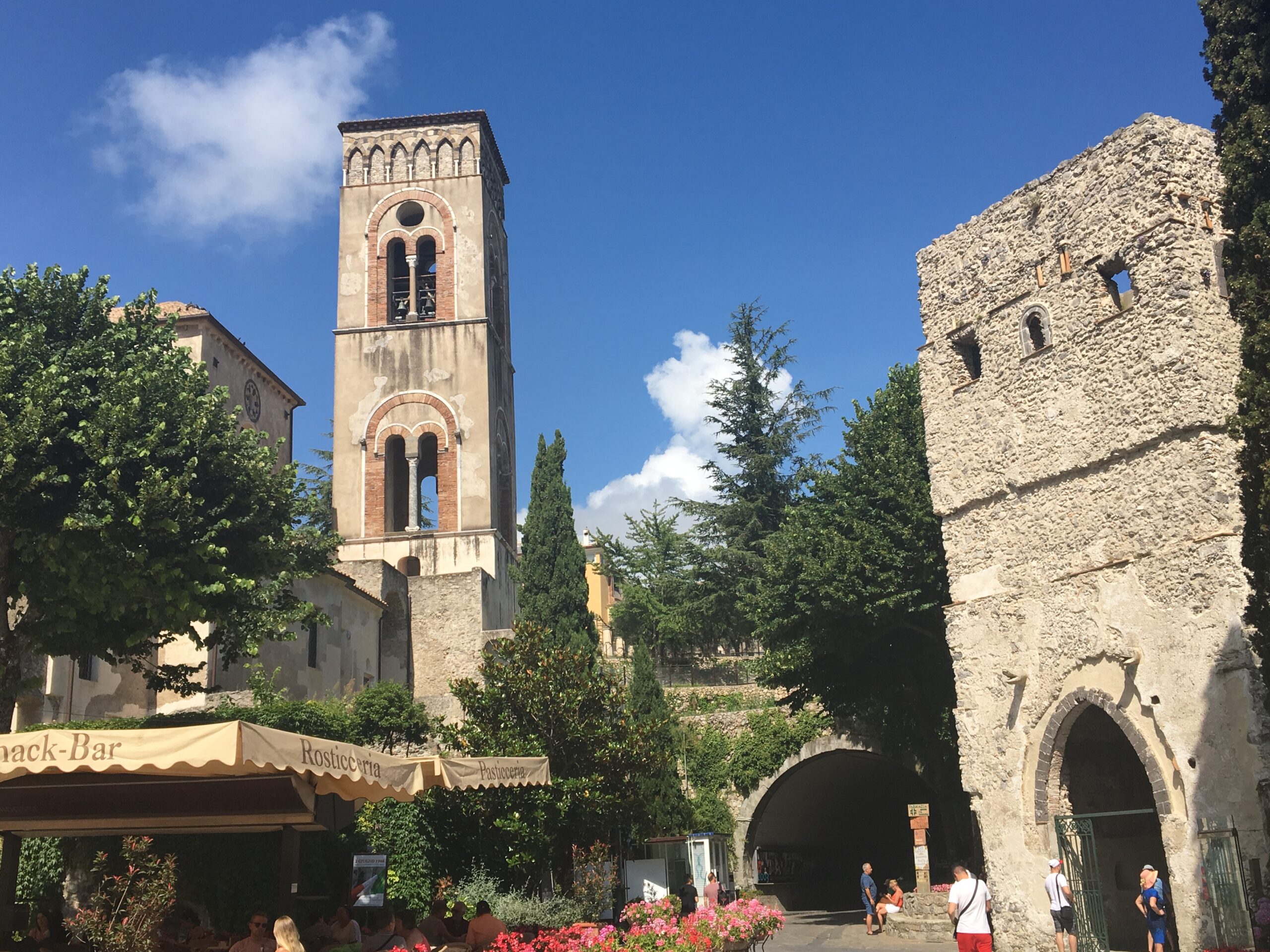 |
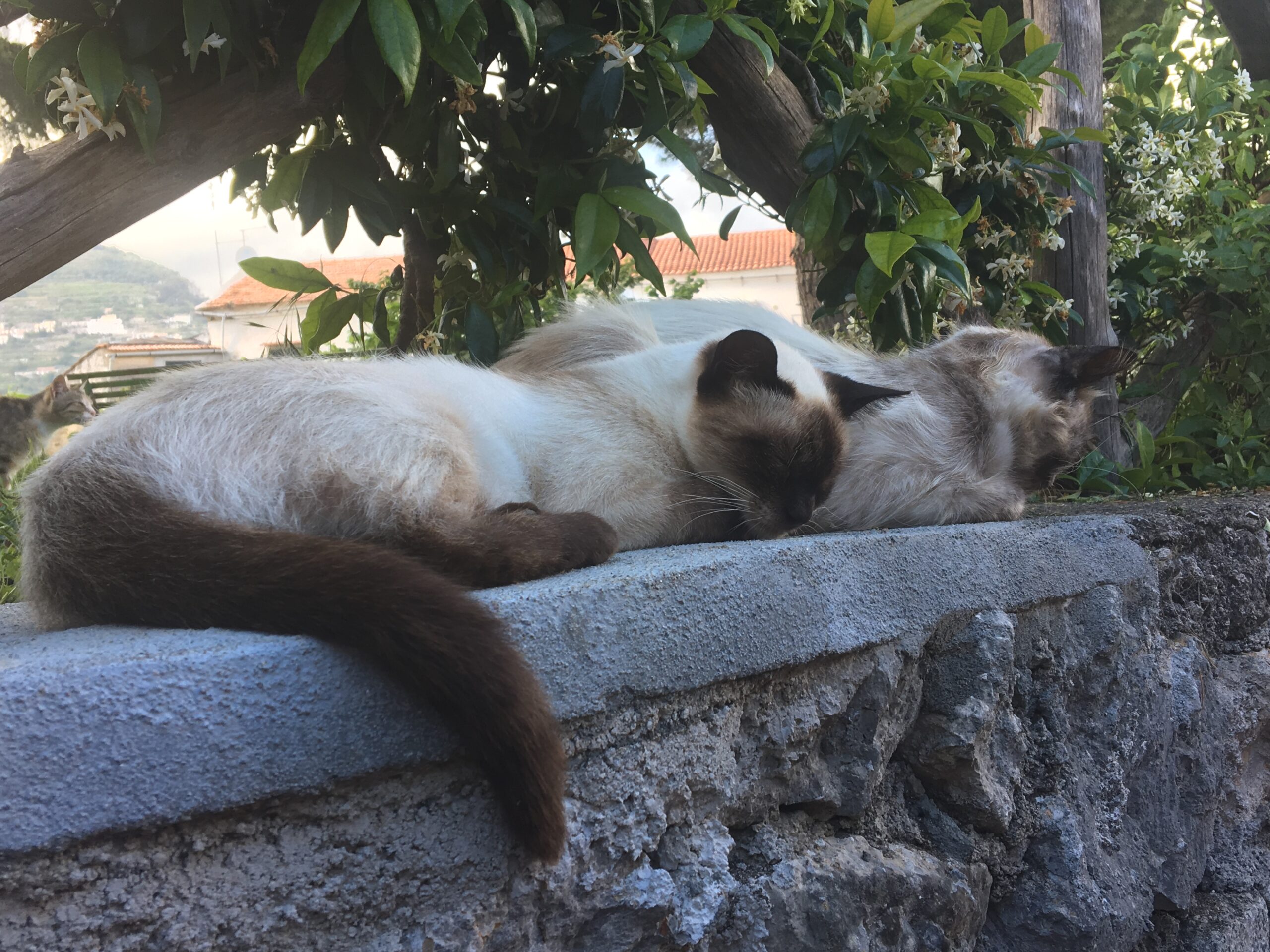 |
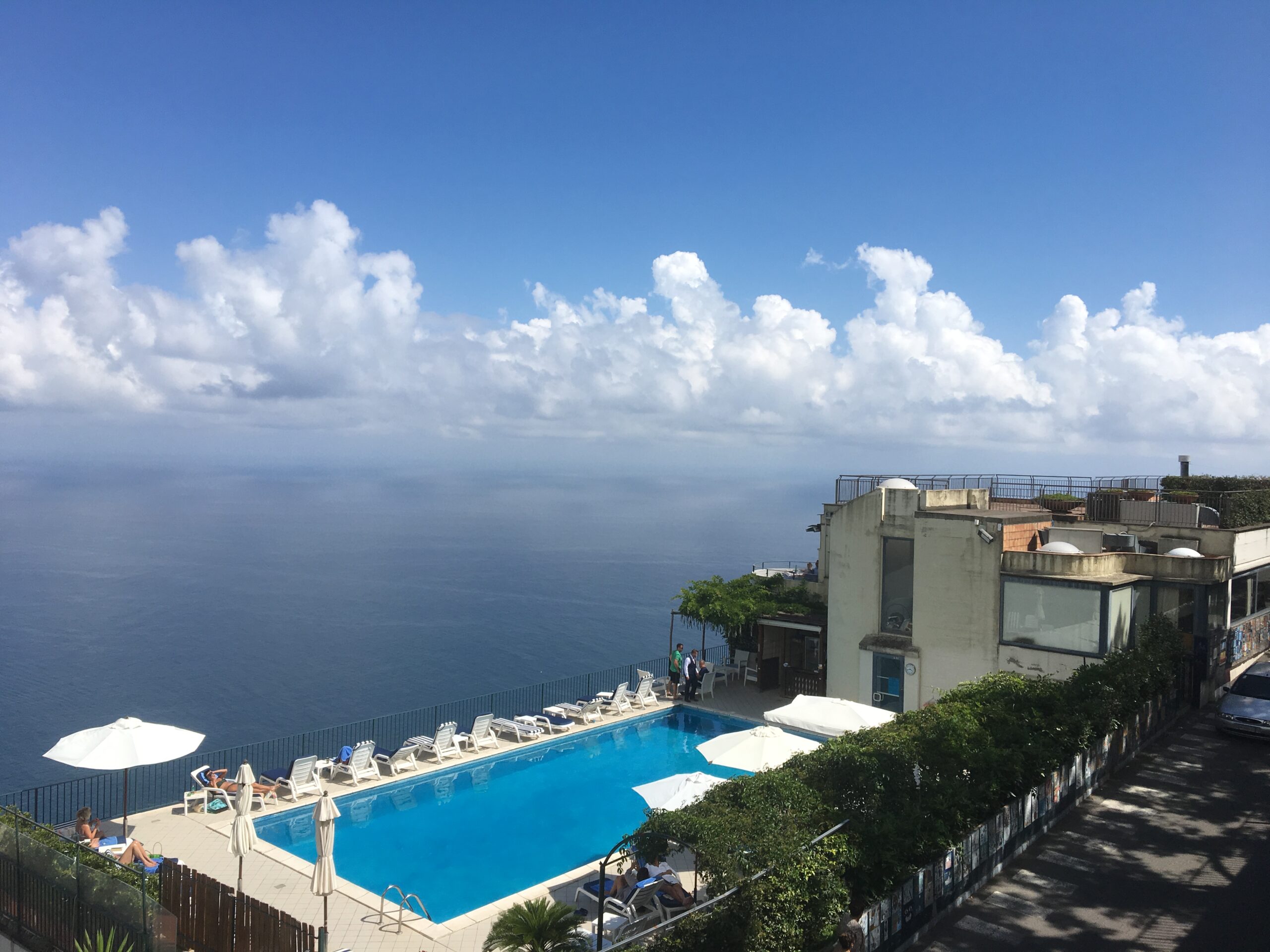 |
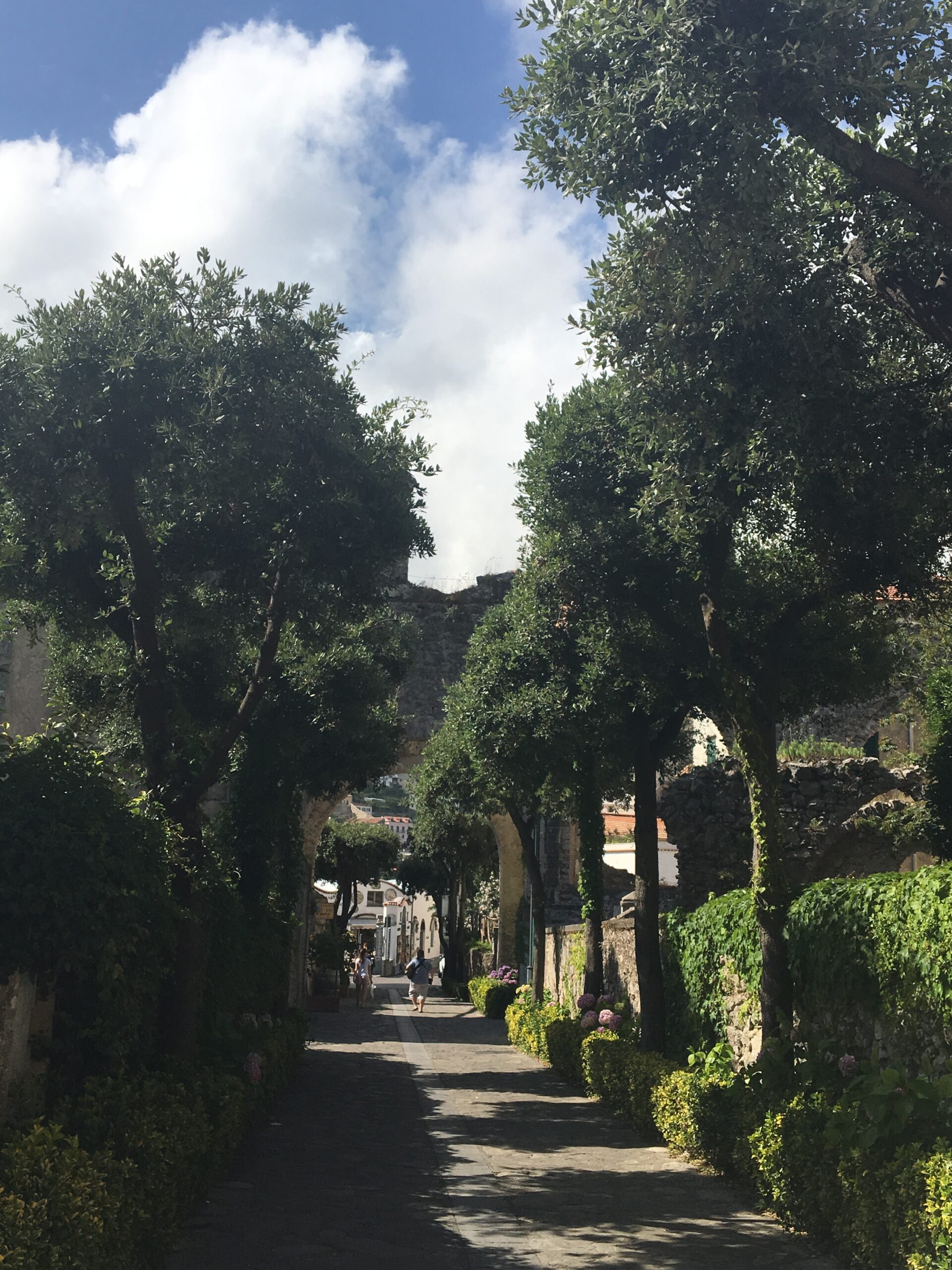 |
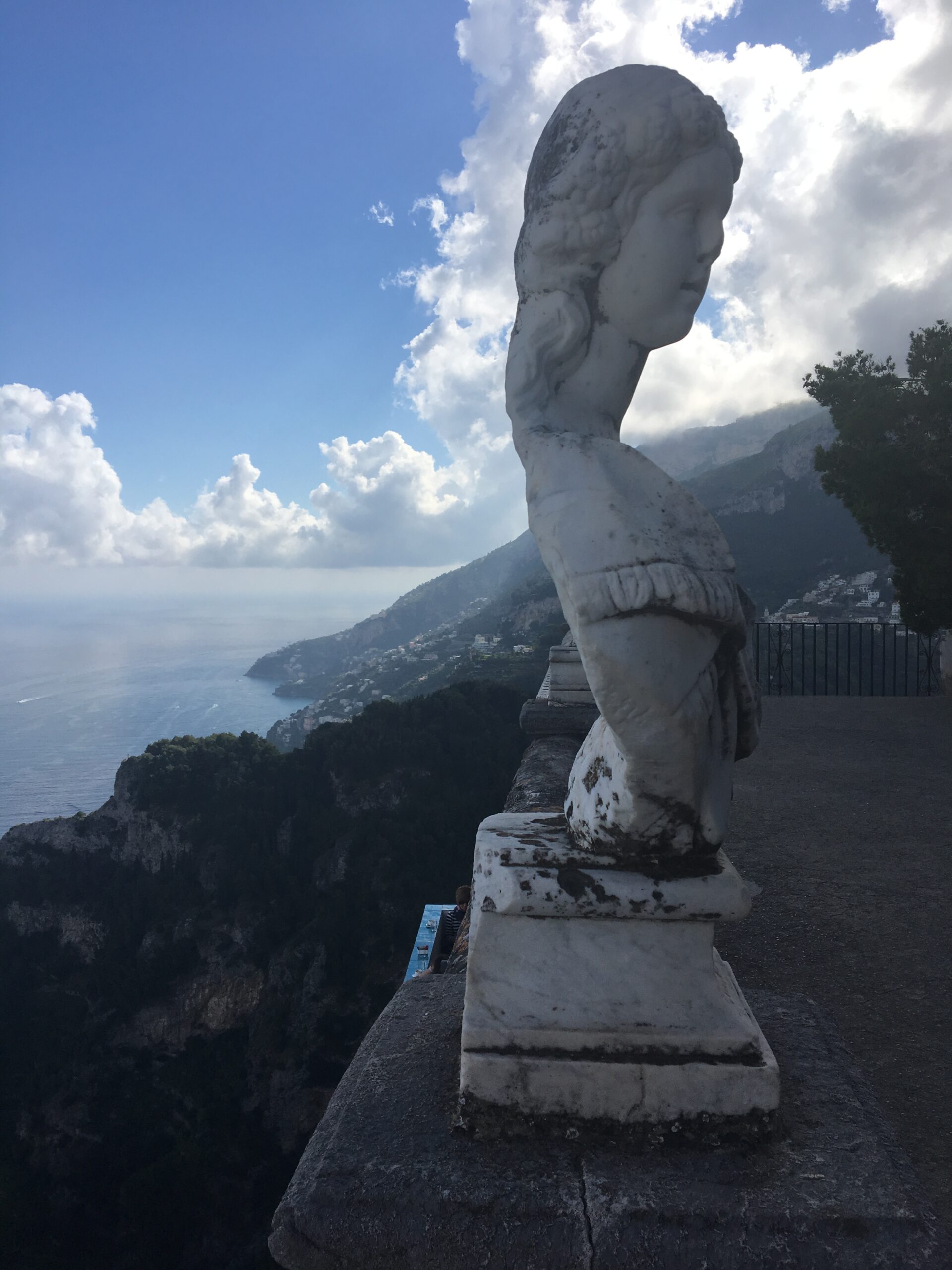 |
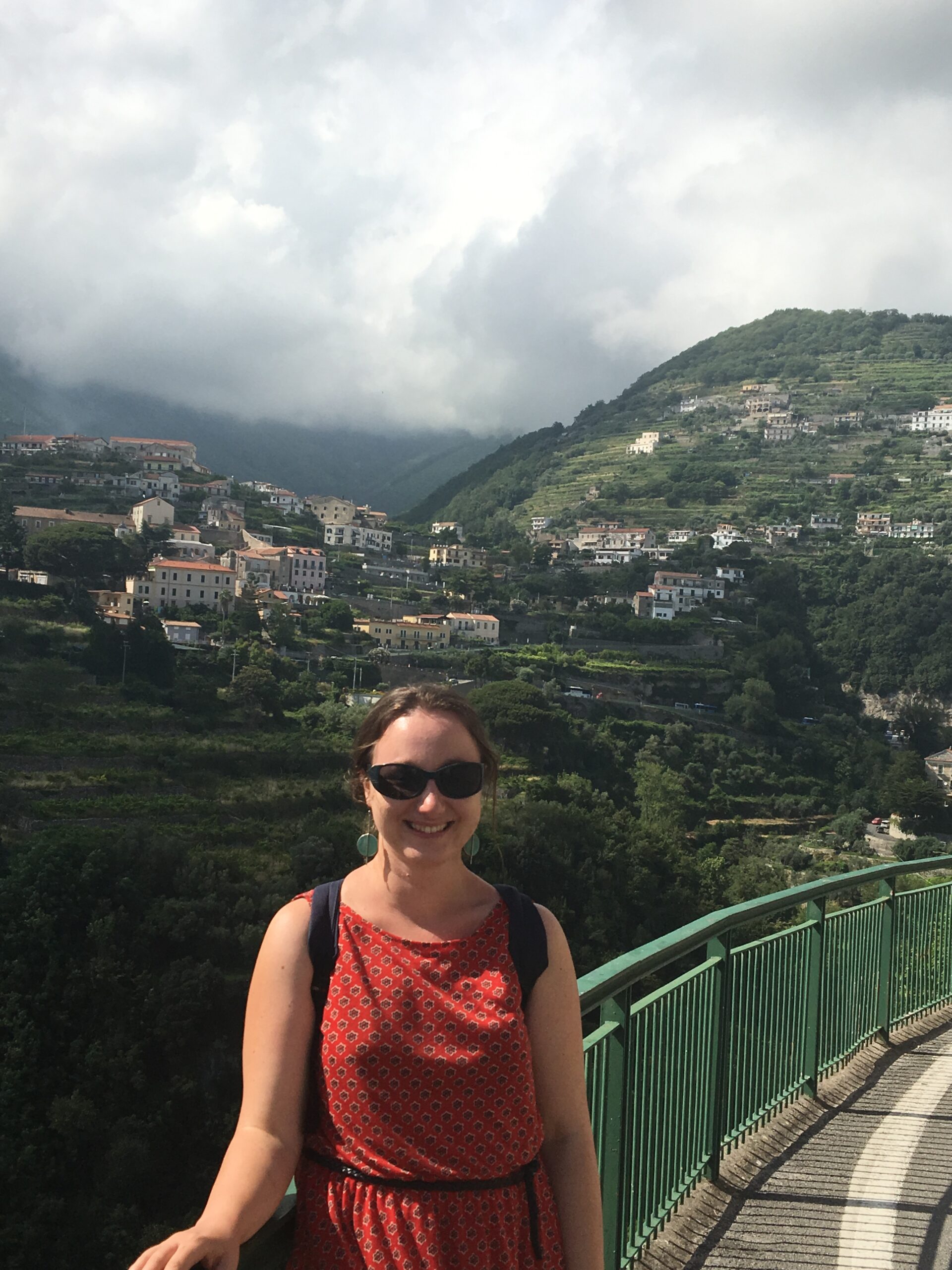 |
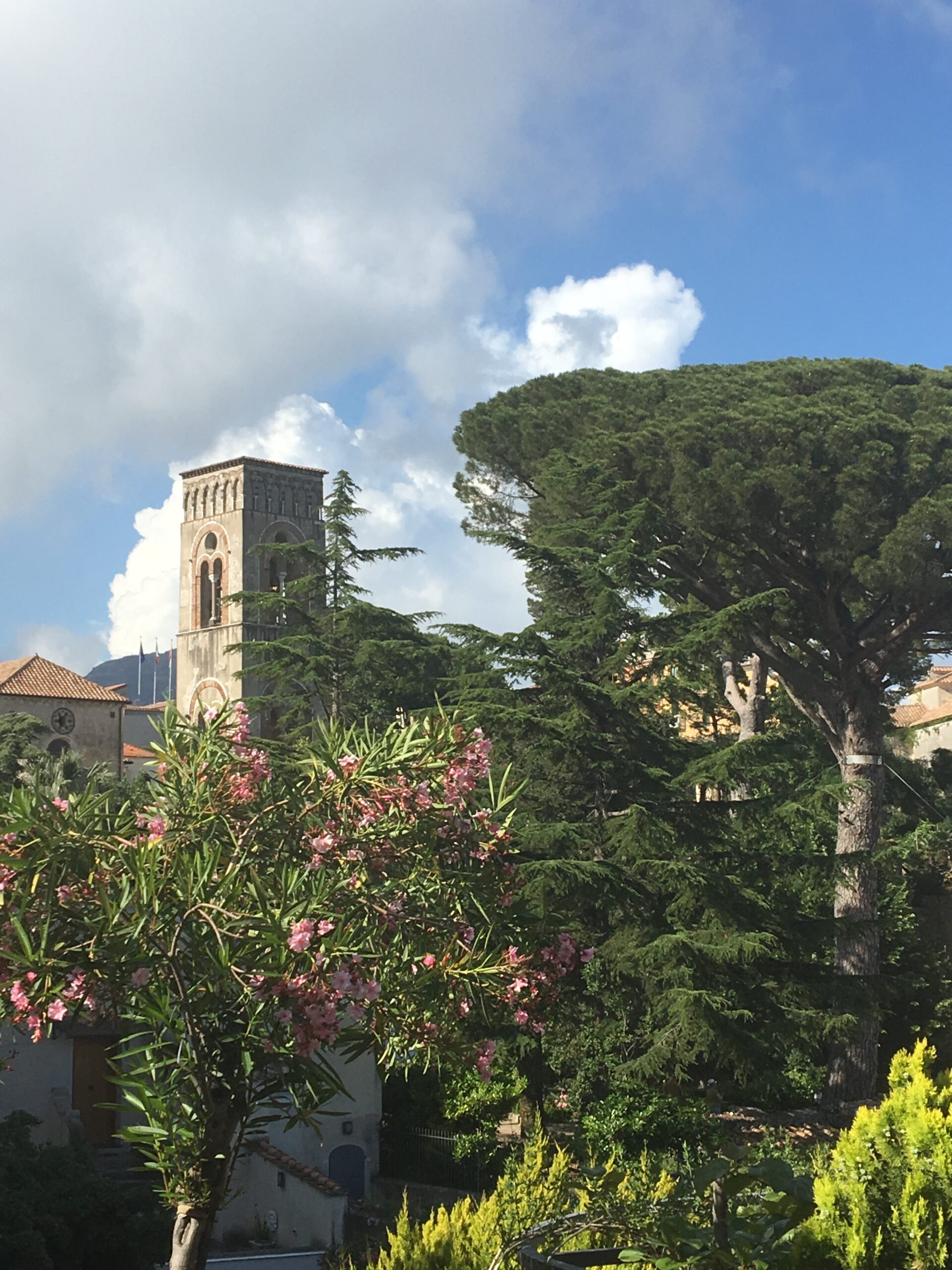 |
Another place you can visit is Amalfi coastal town which is one of the biggest in the Amalfi Coast and similar in spirit to Positano but I’d say a bit less trendy and pricey (since most tourists would go to Positano). Amalfi is very well connected with Ravello by public transport and offers many nice cafes and restaurants and has the similar Italian charm to walk along the cute narrow streets and admire the local architecture, I recommend to enter the main church on square facing the harbour, the building particularly stands out.
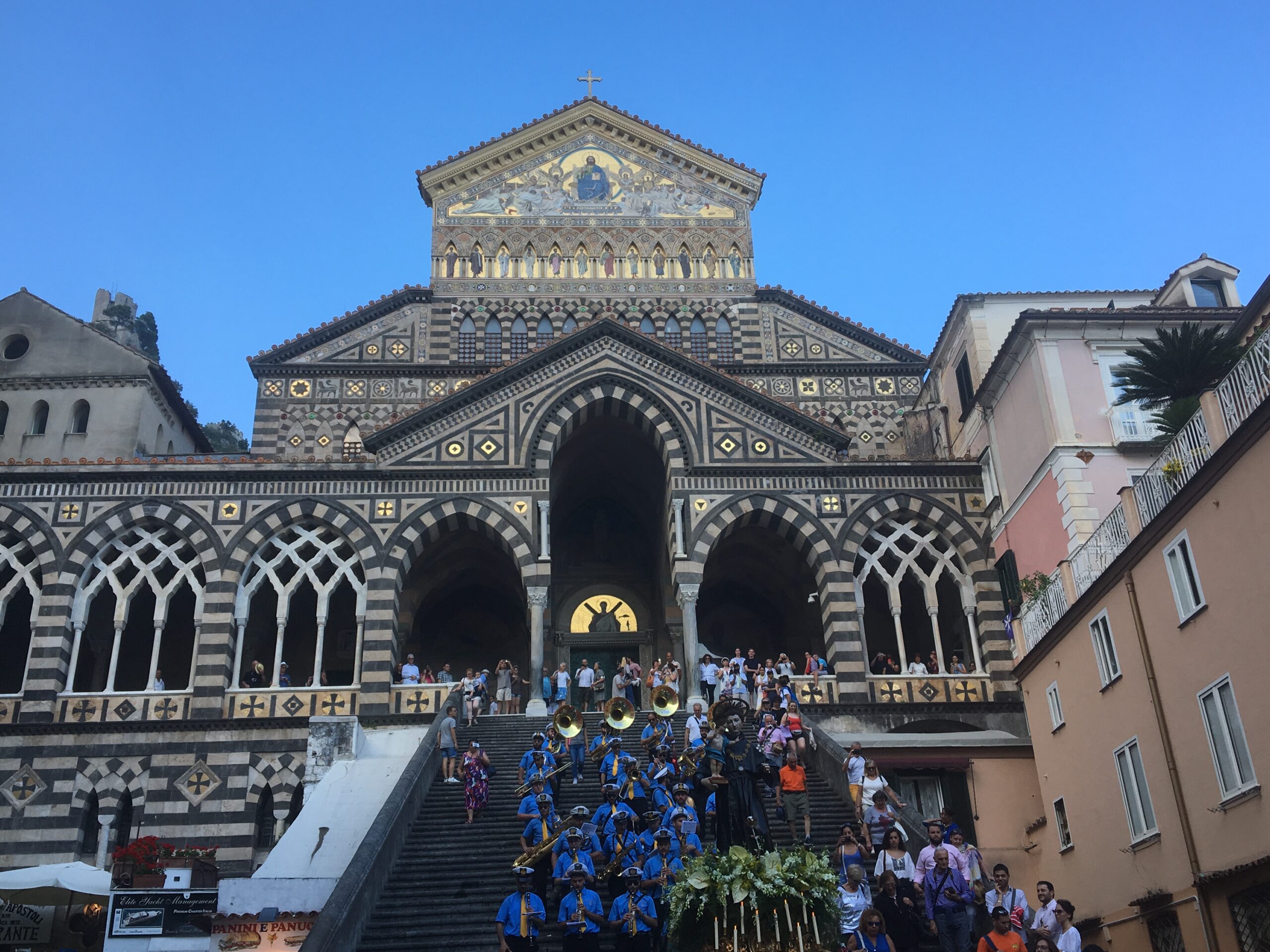 |
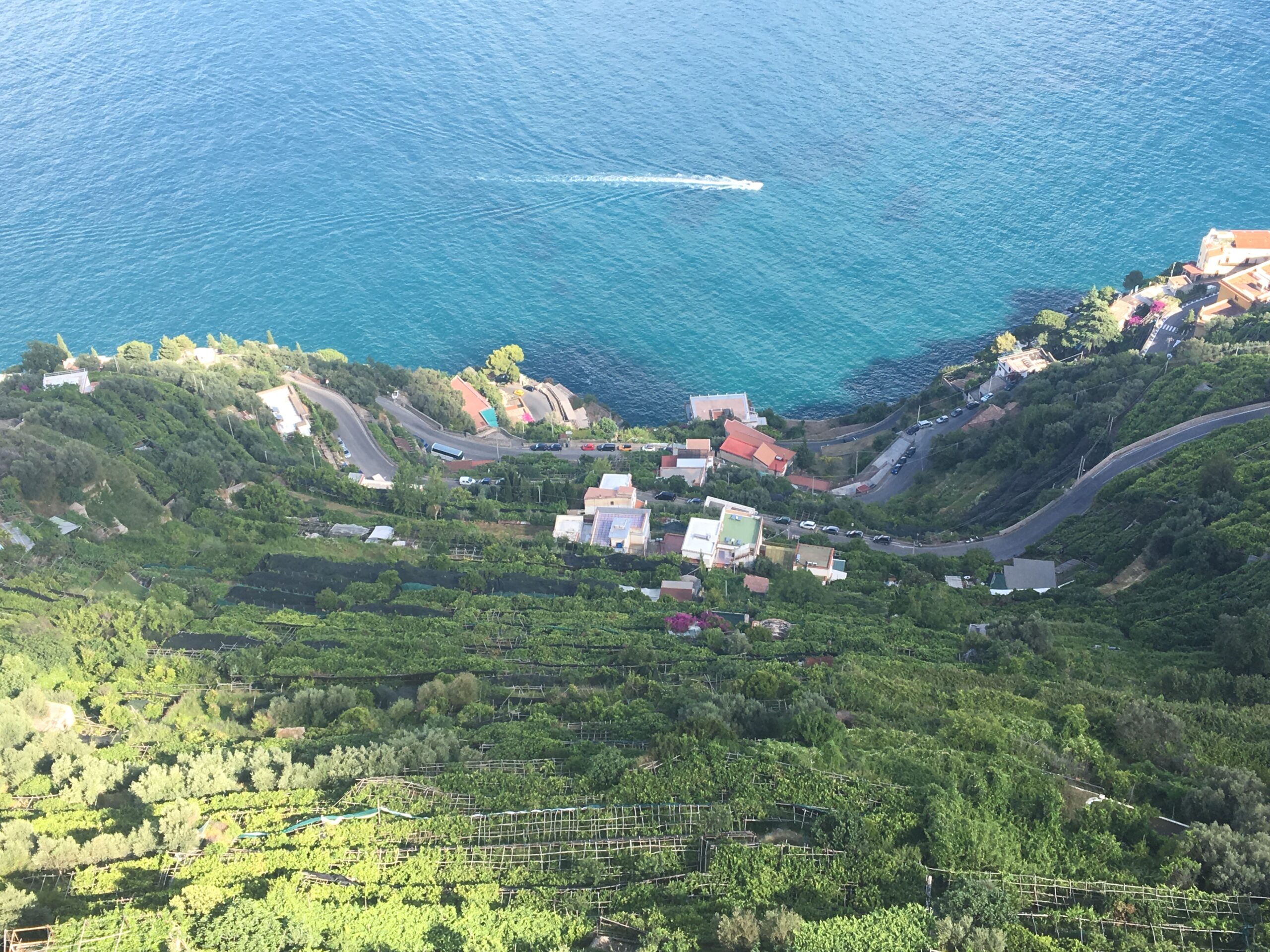 |
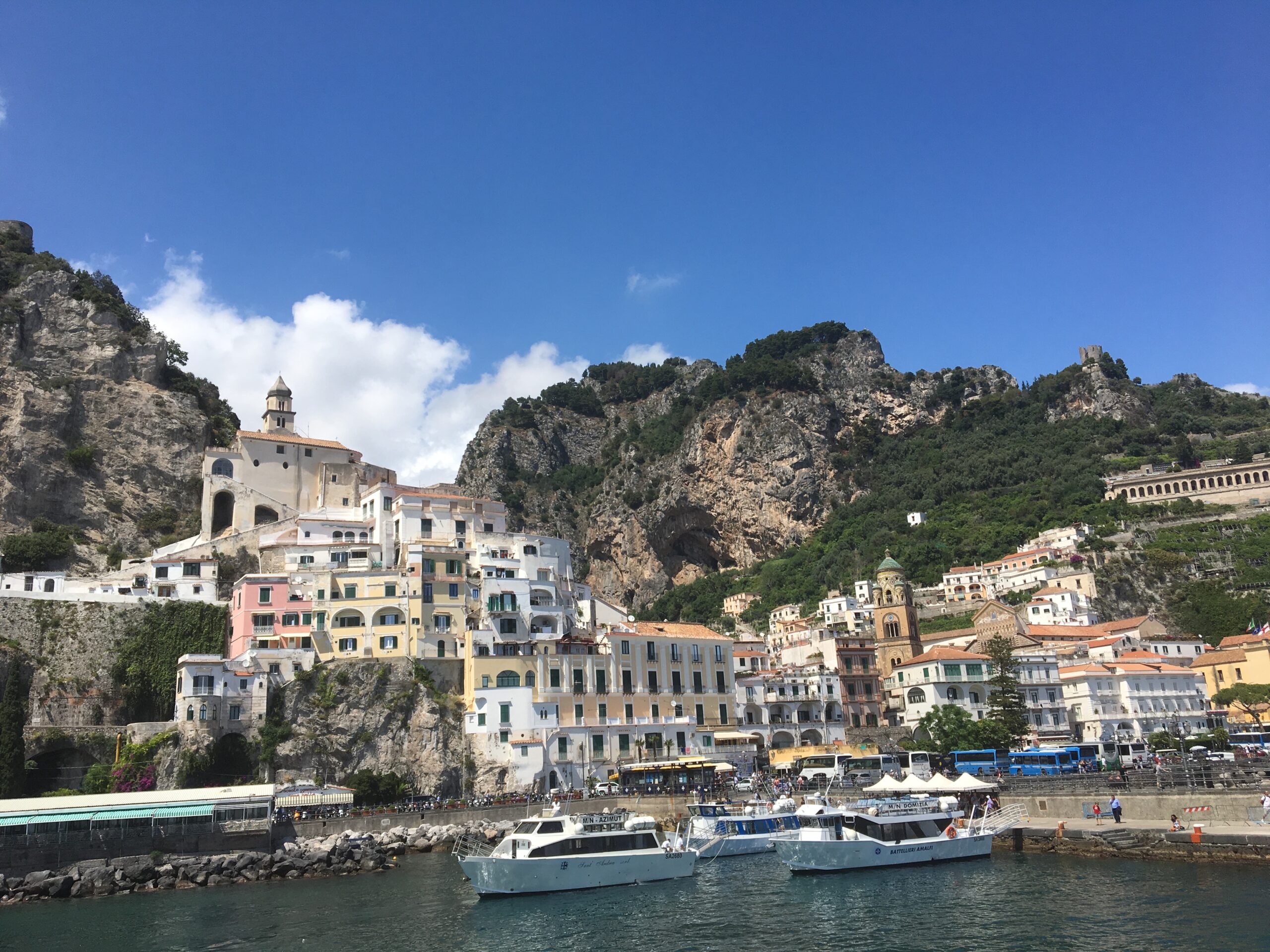 |
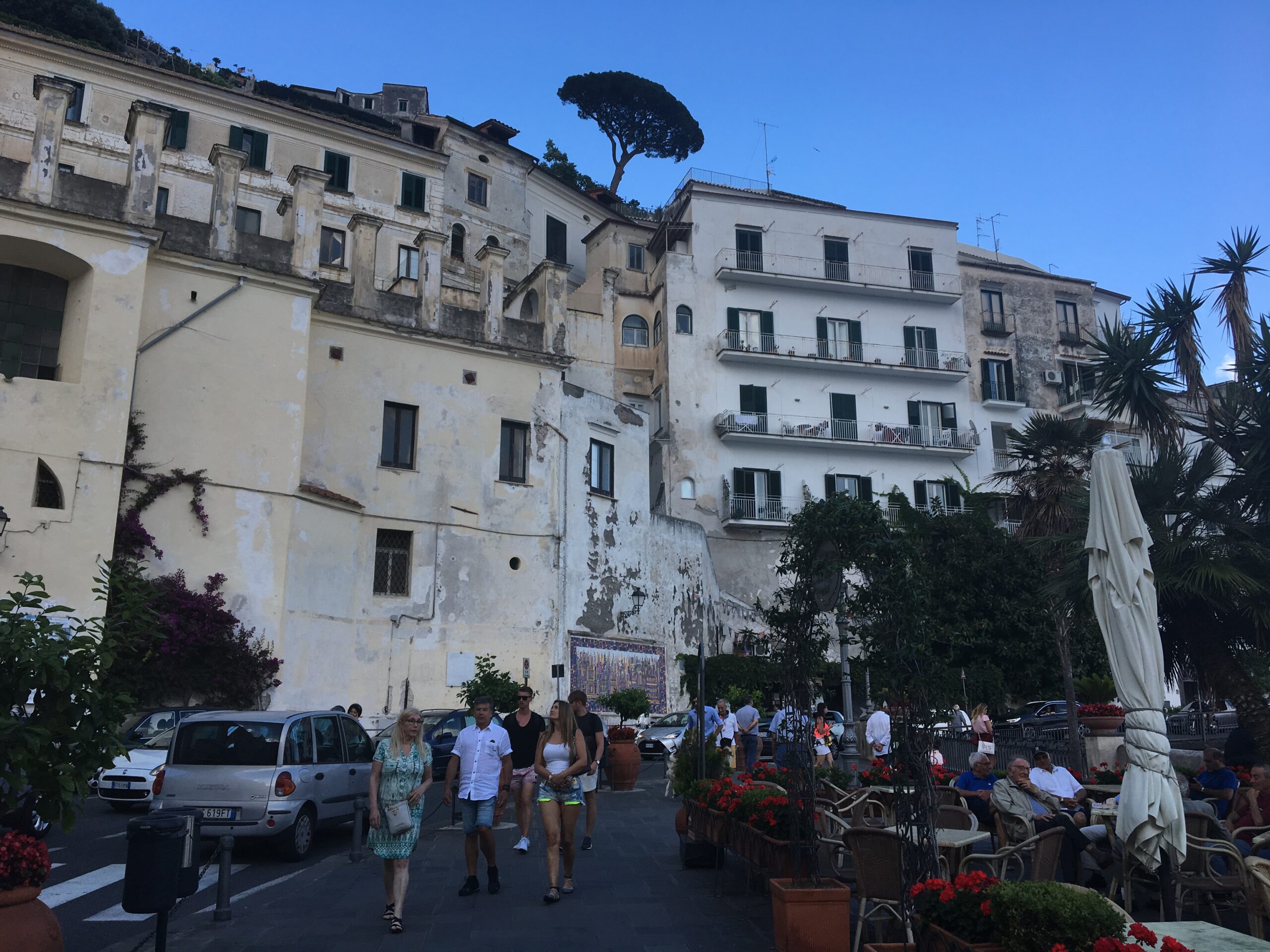 |
If you stay for 2 days you can just spend more time in those three towns and enjoy some swimming or going to grottos with a guide, or you can just drive around the area and see more of the charming villages which are a bit less touristy than Positano, Ravello and Amalfi.
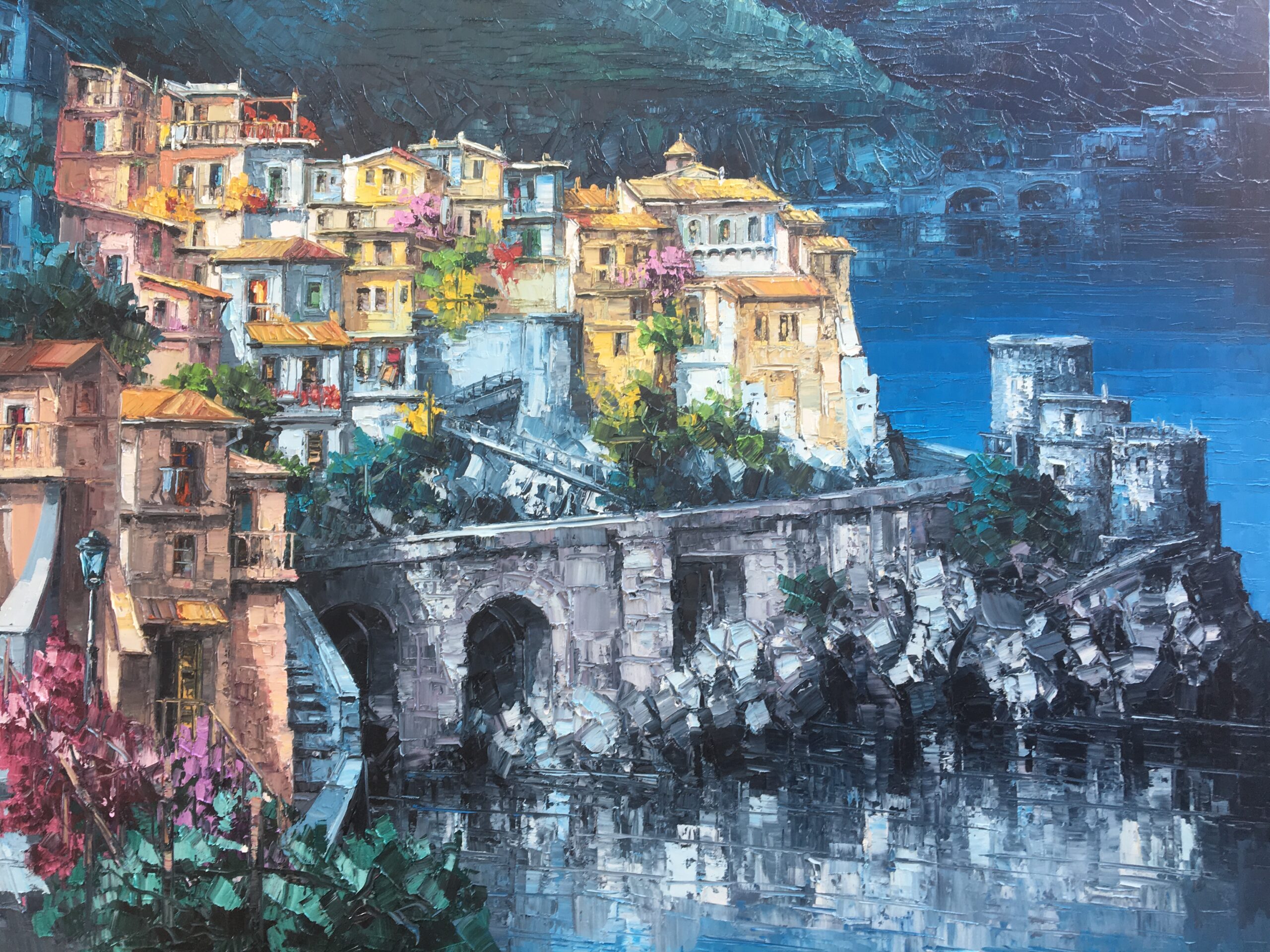 |
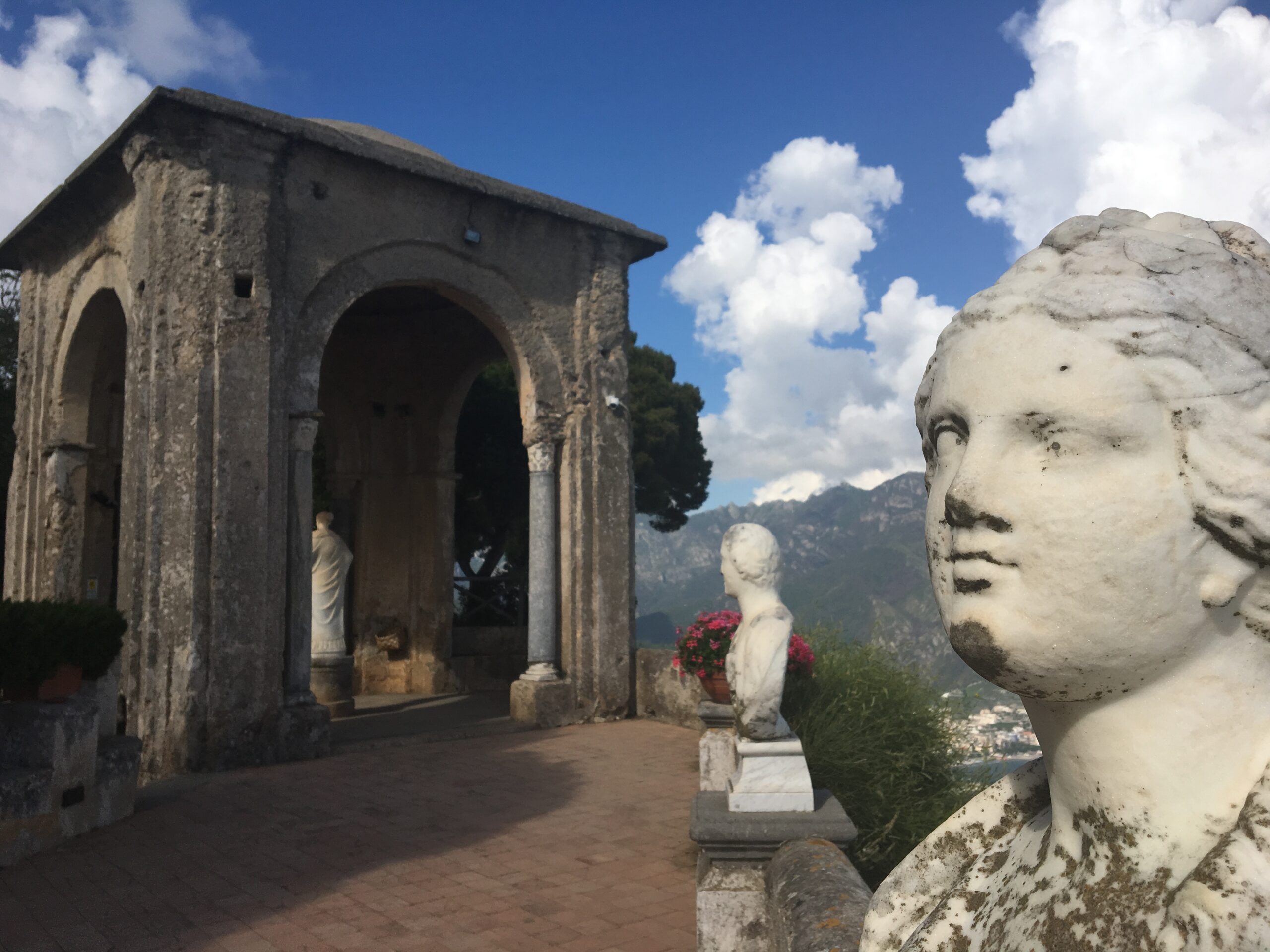
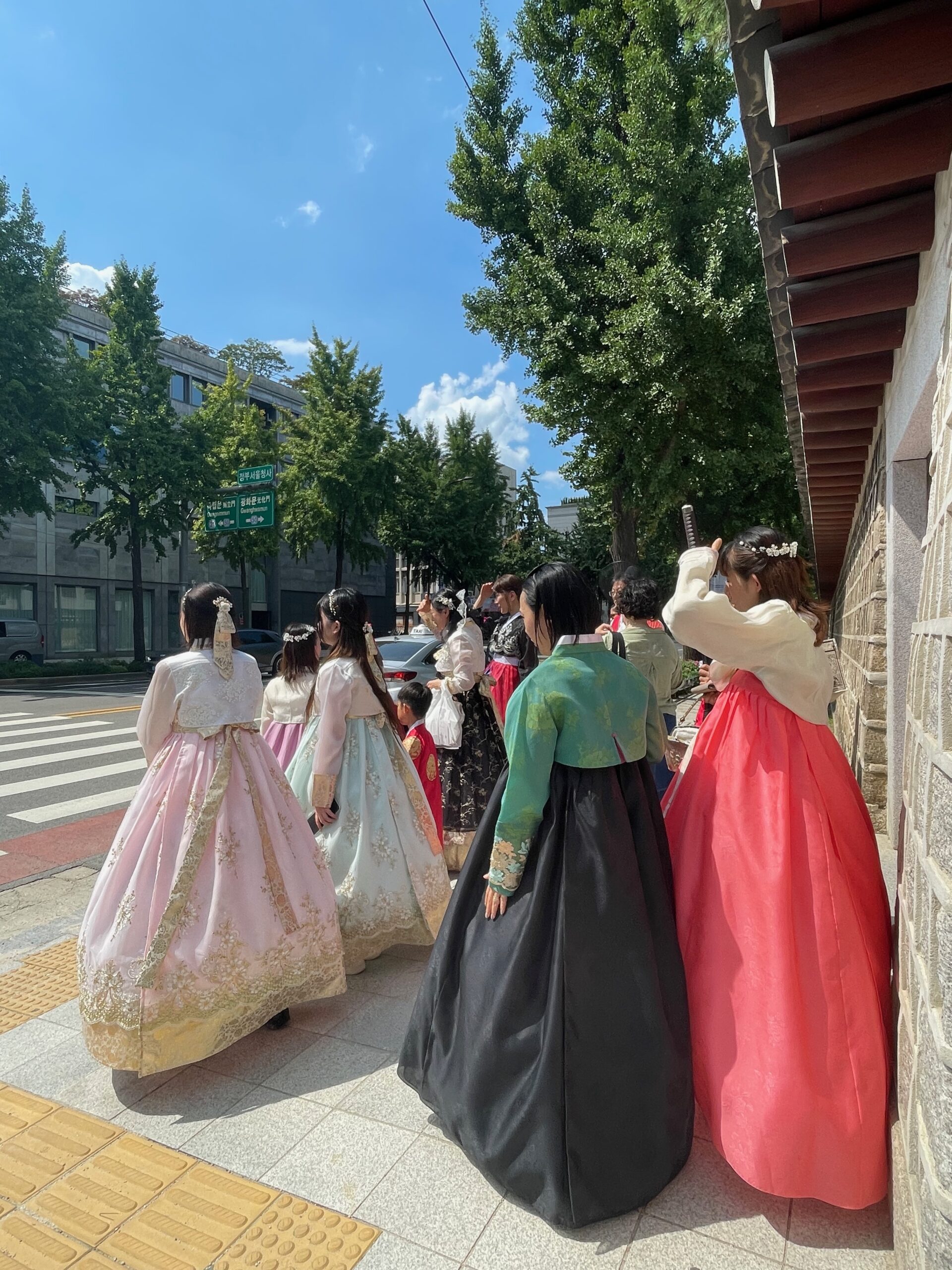
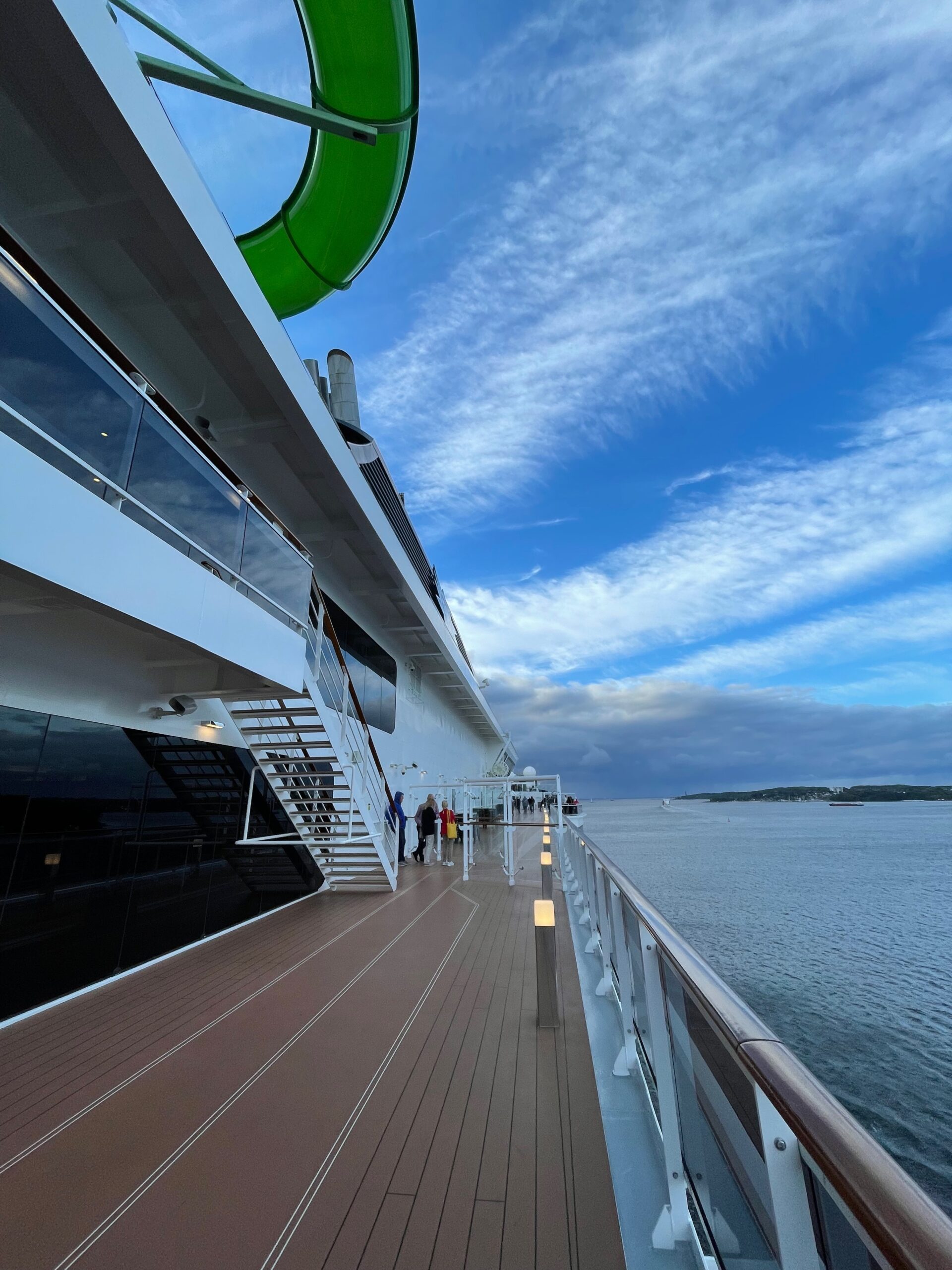
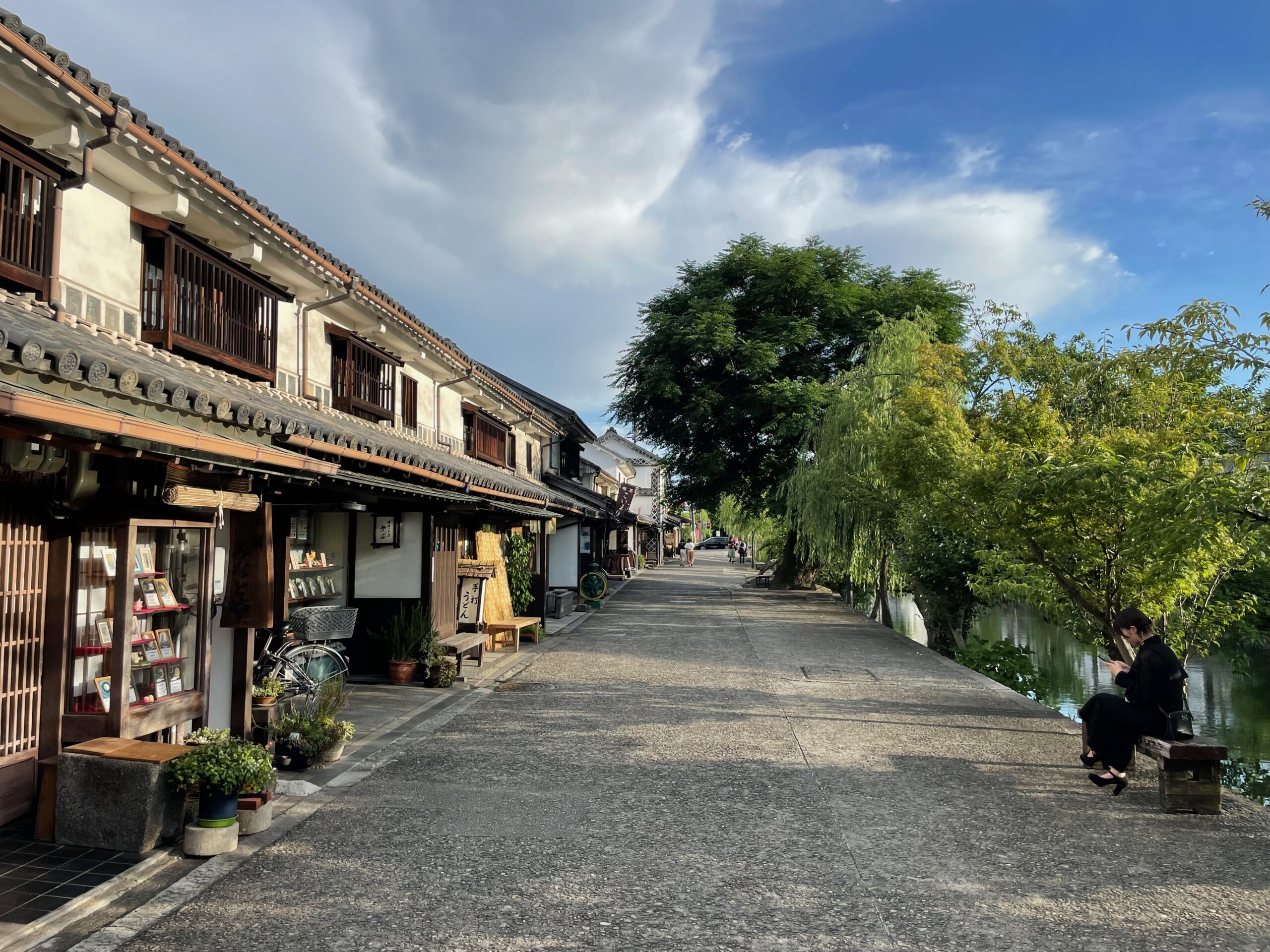
Ahh, the main city and one day trips by public transport, that’s what I like 😉
Do you recommend staying for few days just for swimming in Salerno?
I second the question about the car on the Amalfi Coast.
Also, I wonder whether in May and June the prices are significantly lower than in July and August and if May and September are still fine for a swim (water temperature)…
Ale ładnie! wybieramy się na majówkę samochodem, i teraz pytanie, czy da się zabrać samochód na Amalfi, bo czytałam, że są łodzie, ale pasażerskie, a chyba po samym Amalfi najlepiej się robi objazd własnym autem… jak to działa?🤔
Pompeje na Twoich zdjęciach mnie oczarowały!
I wonder how much effort you put to create such a wonderful informative website. I like your European destinations posts they help me to organize my 3 week around Europe itinerary, Italy included of course 😀
Naples and Amalfi is such a contrast. I second Salerno for a good base.
I was checking hotel prices and Naples is so much cheaper than places in Amalfi…I wonder is it more on budget to come twice by train and boat from Naples than to have one night in Amalfi..
Thanks for the suggestions shared in your blog. Looks like a reasonable itinerary. I’ll fly to Sicily for swimming, no beach around Naples can beat those in Sicily.
Excellent pictures and intense schedule, I appreciate you use public transport 🚞
Thank you Ernest, Europe is a good place to travel by public transport!
Hmmm, but beaches are not good in Amalfi, it’s more about towns no?
After examine just a few of the blog posts on your web site now, and I really like your manner of blogging. This post about Italy is very useful, hope for more Italian destinations!
You’re so cool! I don’t think there is many so practical and long posts about travels in Europe. Really thank you for writing this up. This web site is something that is needed on the internet, someone with just a little originality. Helpful job for bringing something new to the internet!
You look beautiful in the red dress in Amalfi region <3
Extremely expensive for the summer 2023!
We’d love to do a two week train trip around Italy, do you know if the Italian trains are reliable (on time and good conditions)?
I’m waiting for the Italian souvenir guide! Love those on this blog <3
We wanted to visit Amalfi this summer but the heatwave scared my wife and her sister. Maybe we’ll try in October but I worry the boats won’t be working..🤔